Mang Mang Magazine Vol. 2
Posted in magazines, politics on March 29th, 2024Tags: Mang Mang
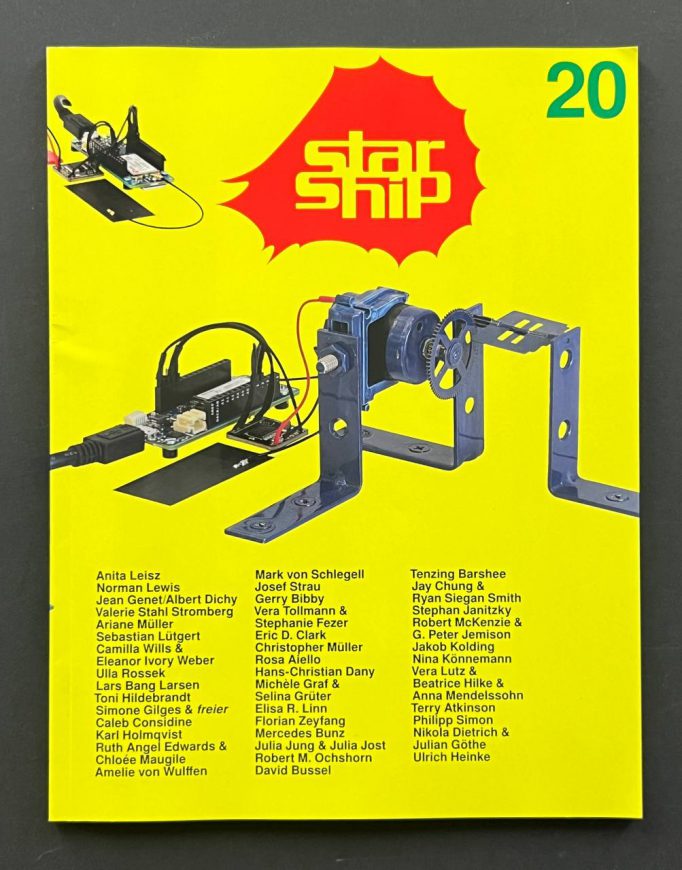
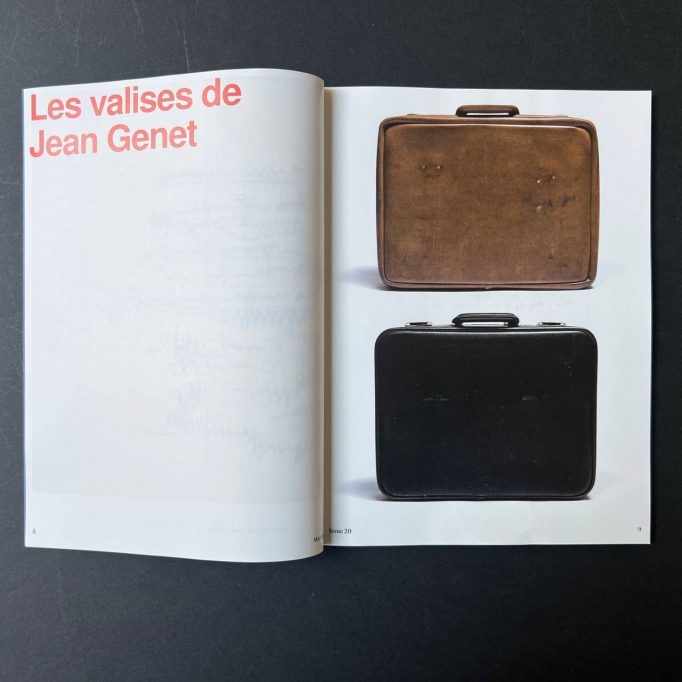
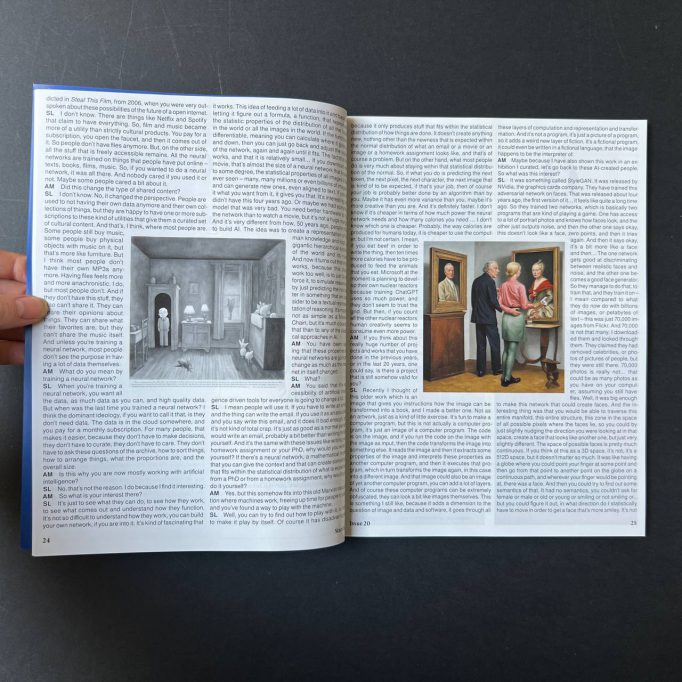
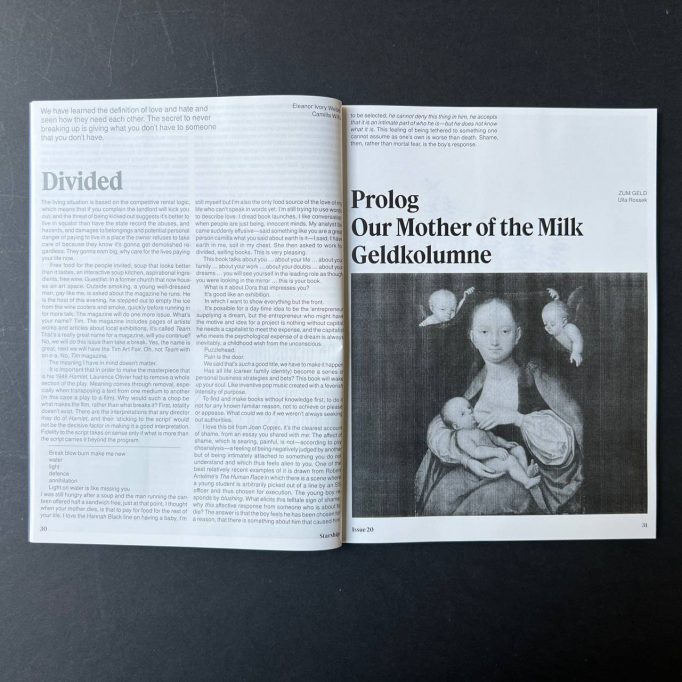
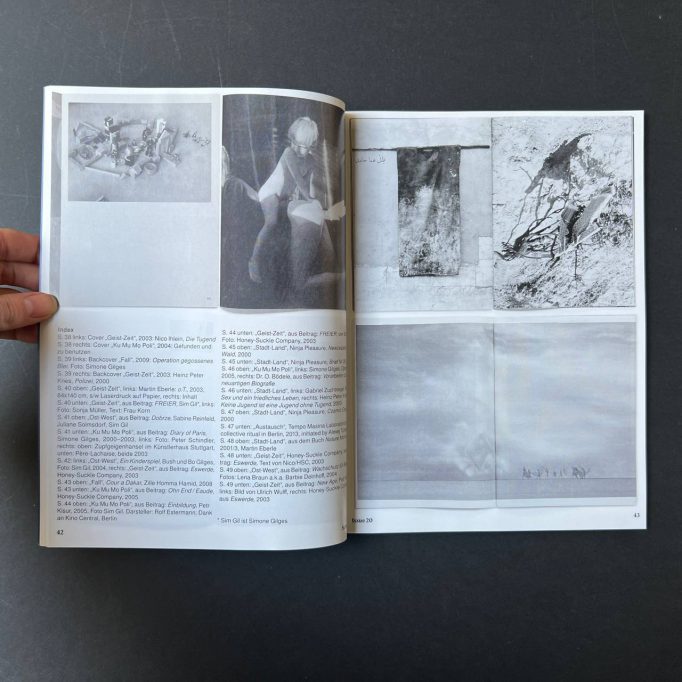
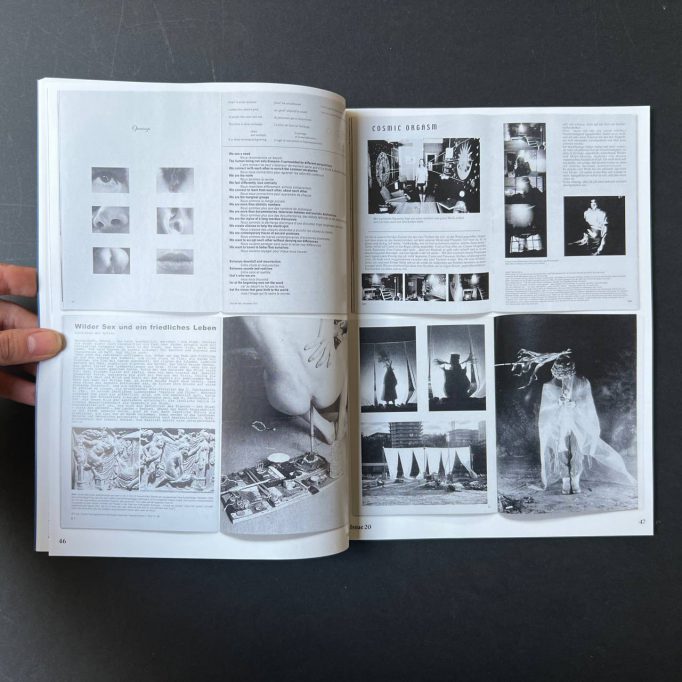
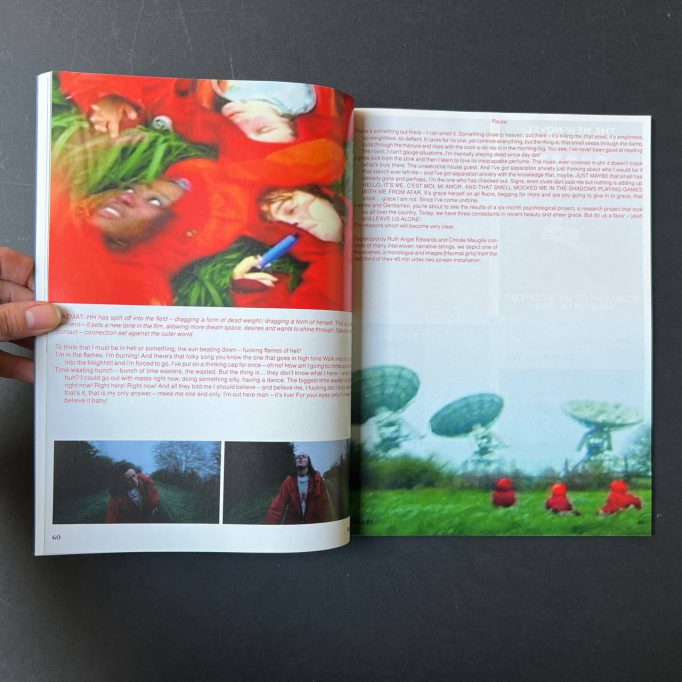
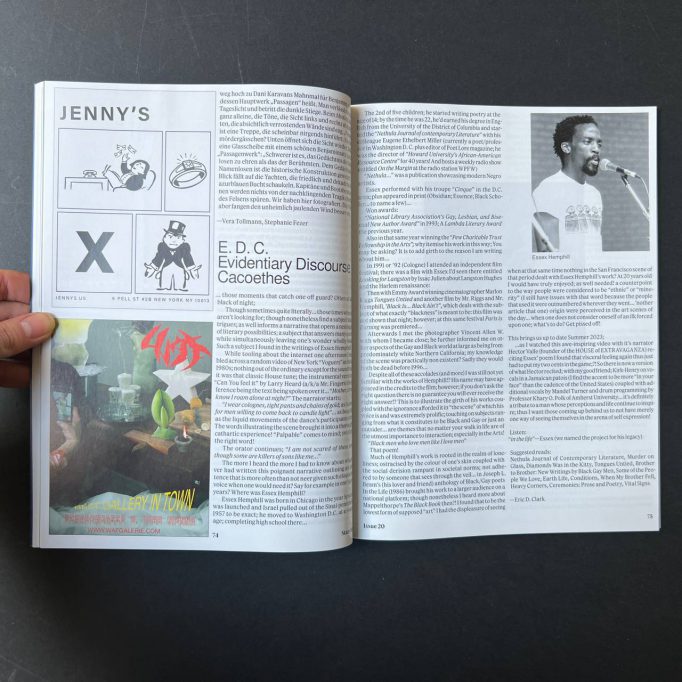
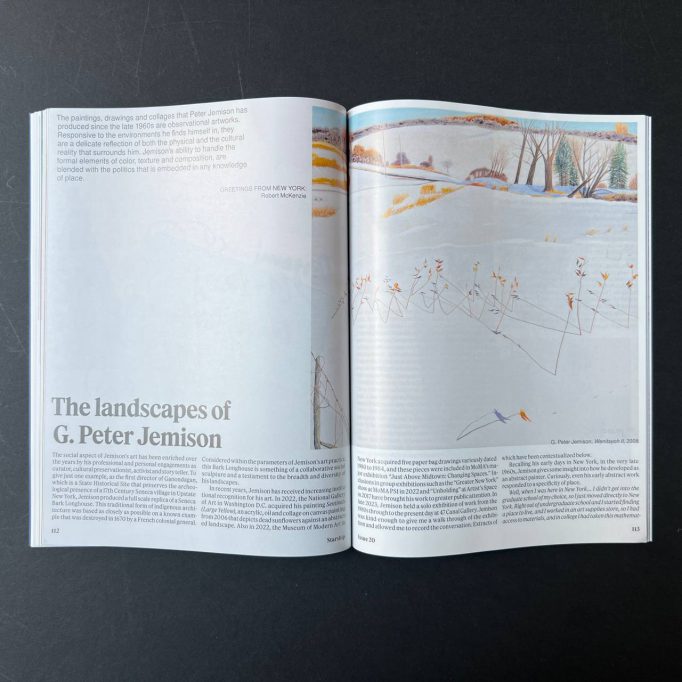
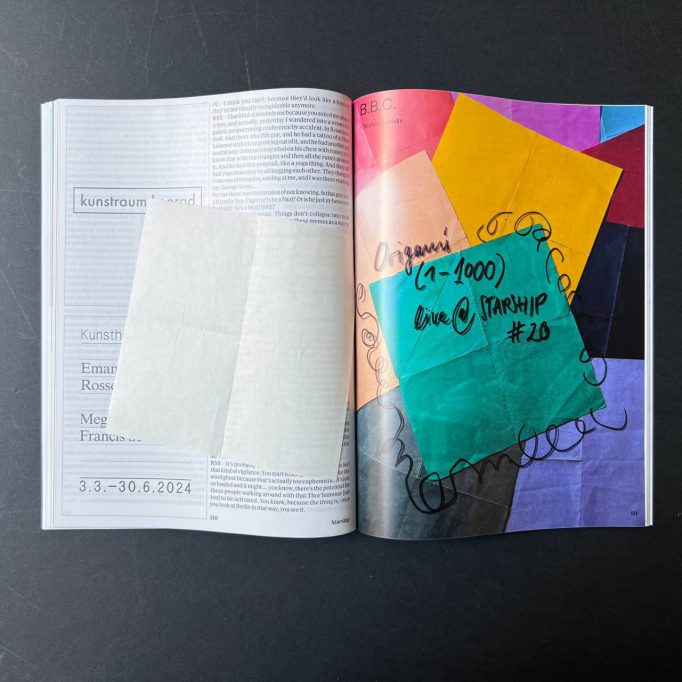
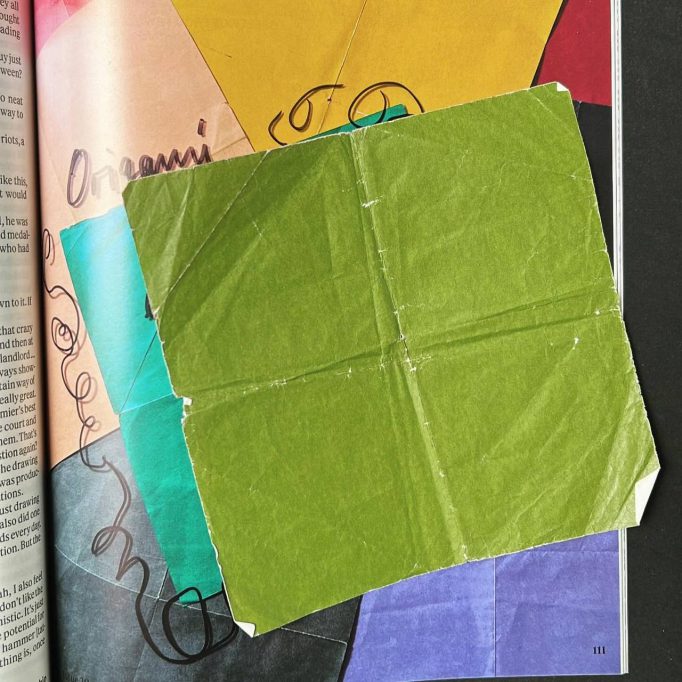
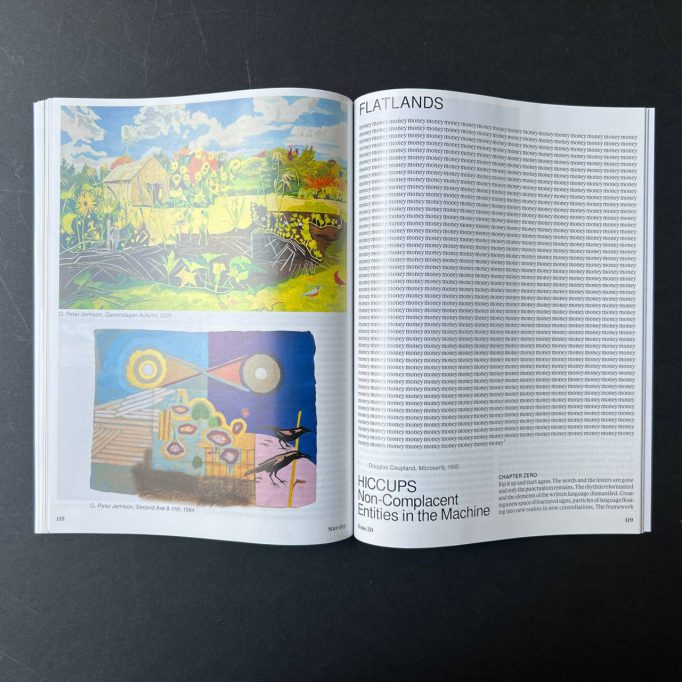
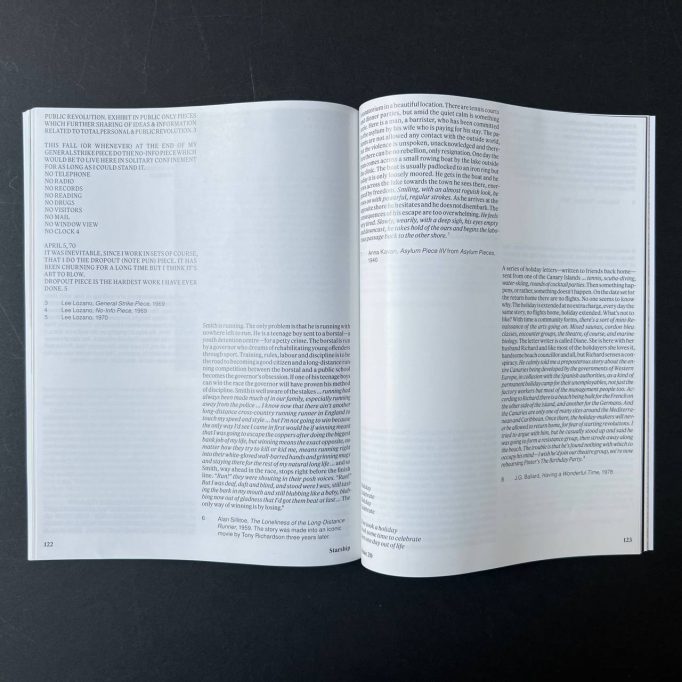
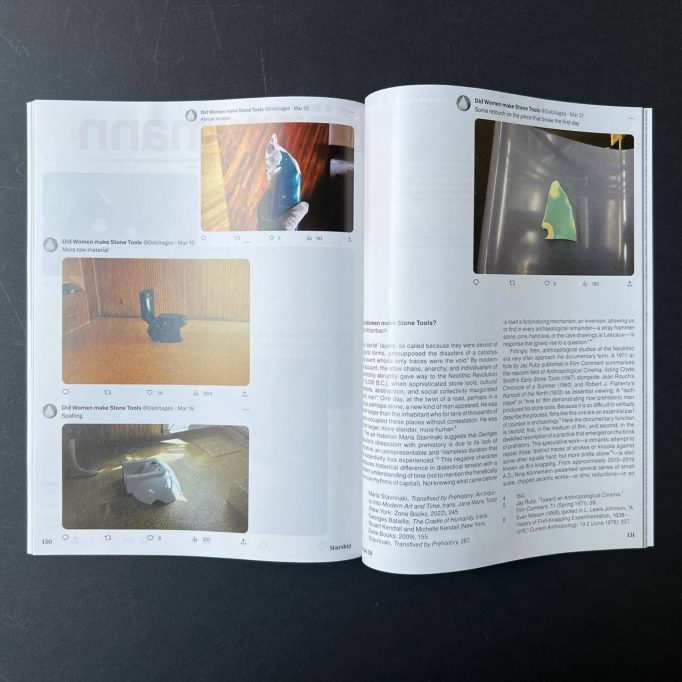
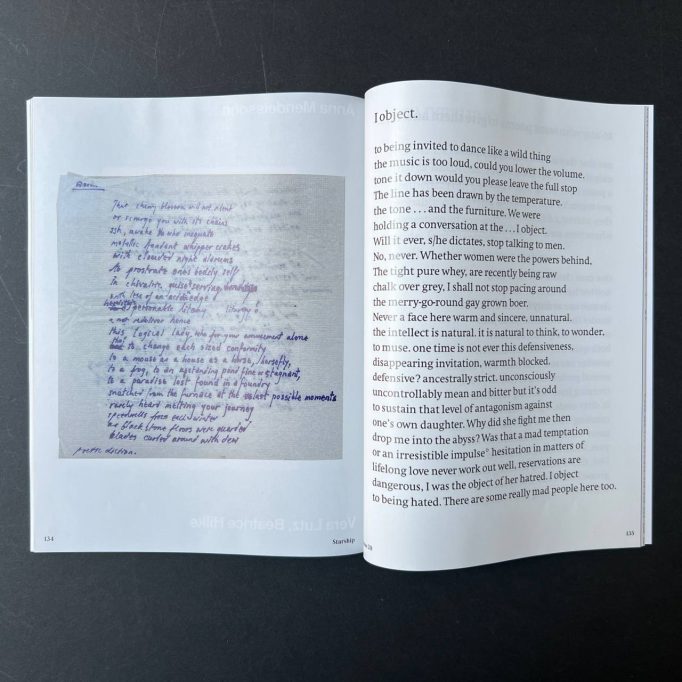
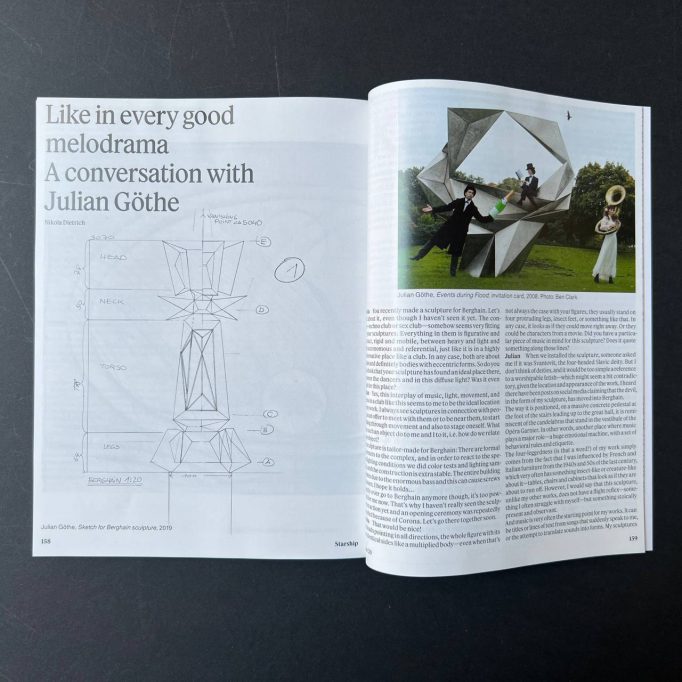
This is the 20th issue of Starship and we are proud and very happy to present it, and mainly want to thank all the artists, the contributors, the columnists, and the people who helped us gather images of exhibitions past, and gave us texts from books not yet published. Starship never starts with a clear concept about its future content, or what could be called a theme, but always with a sort of attentive interest. The theme may develop through its columnists—we now think it is easy to distinguish lines of thoughts, images, and texts answering each other. But it surely does so out of this editorial interest that wanders, and finds, and collects, is enthusiastic about artworks, and texts, and people, and then, well, brings this all together in a magazine. This was our working mode during the past year, and the responsiveness of those who regularly write for Starship (the columnists) has shown us that out there others are involved in thoughts that run very much in parallel. It is a strange form, a magazine like this, not getting funded, appearing irregularly, but still following a sort of conventional form that shows its consistency. It is at its core an excess of producing something that might prove itself valuable and liberating in the future.
—Ariane Müller, Henrik Olesen
Contributors to Starship № 20:
Rosa Aiello, Terry Atkinson, Tenzing Barshee, Gerry Bibby, Mercedes Bunz, David Bussel, Jay Chung, Eric D. Clark, Caleb Considine, Hans-Christian Dany, Albert Dichy, Nikola Dietrich, Martin Ebner, Ruth Angel Edwards, Stephanie Fezer, Jean Genet, Simone Gilges, Julian Göthe, Michèle Graf, Selina Grüter, Ulrich Heinke, Toni Hildebrandt, Beatrice Hilke, Karl Holmqvist, Stephan Janitzky, G. Peter Jemison, Charlotte Johannesson, Julia Jost, Julia Jung, Jakob Kolding, Nina Könnemann, Lars Bang Larsen, Anita Leisz, Norman Lewis, Elisa R. Linn, Sebastian Lütgert, Vera Lutz, Chloée Maugile, Robert McKenzie, Ariane Müller, Christopher Müller, Robert M. Ochshorn, Henrik Olesen, Kari Rittenbach, Nina Rhode, Ulla Rossek, Cameron Rowland, Mark von Schlegell, Ryan Siegan Smith, Philipp Simon, Valerie Stahl Stromberg, Josef Strau, Vera Tollmann, Eleanor Ivory Weber, Camilla Wills, Amelie von Wulffen, Florian Zeyfang
Thanks to: Hollybush Gardens, L’Institut du monde arabe, L’Institut mémoires de l’édition contemporaine, Paris, and Albert Dichy, Michael Rosenfeld Gallery, Friederike Gratz, and Galerie Buchholz, Kunsthalle Friart and Nicolas Brulhart, Richard Sides and The Wig, Galerie Emanuel Layr, Canal 47, Kevin Space, Hannes Schmidt and Galerie Schiefe Zähne, Timo Schröder and Edition Nautilus, Cameron Rowland. Thank you to everyone from freier magazine, especially Nina Rhode for organizing and clarifying with all the artists and contributors, as well as KM Galerie, and Martin Eberle for their kind support.
Spring 2024
Order here
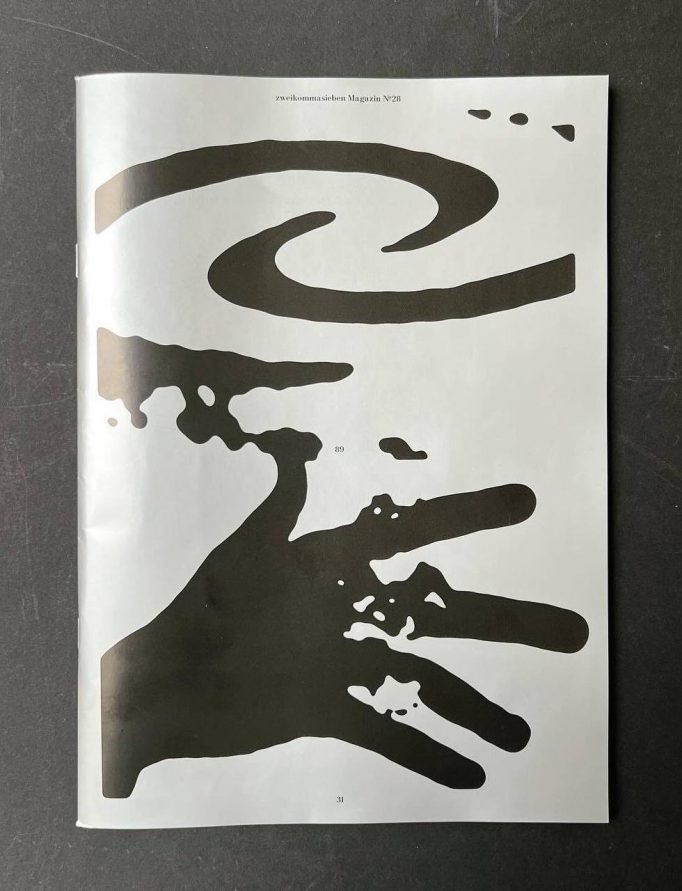
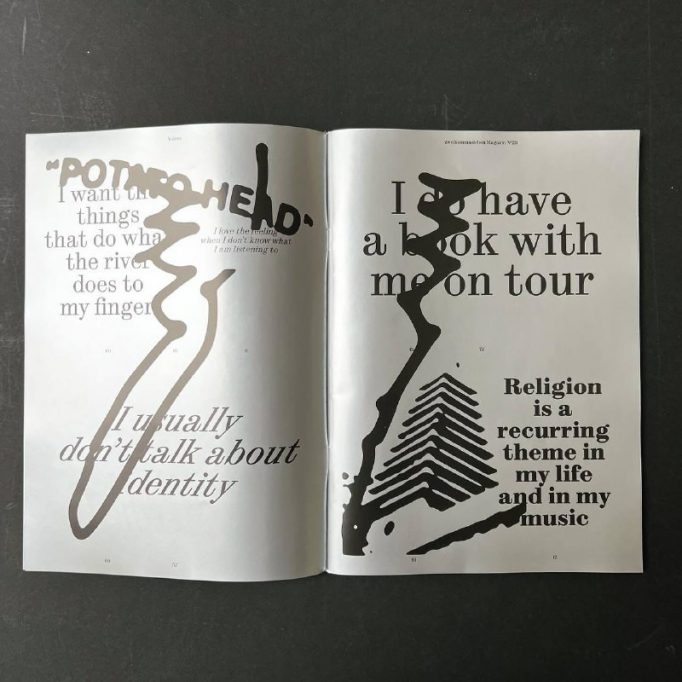
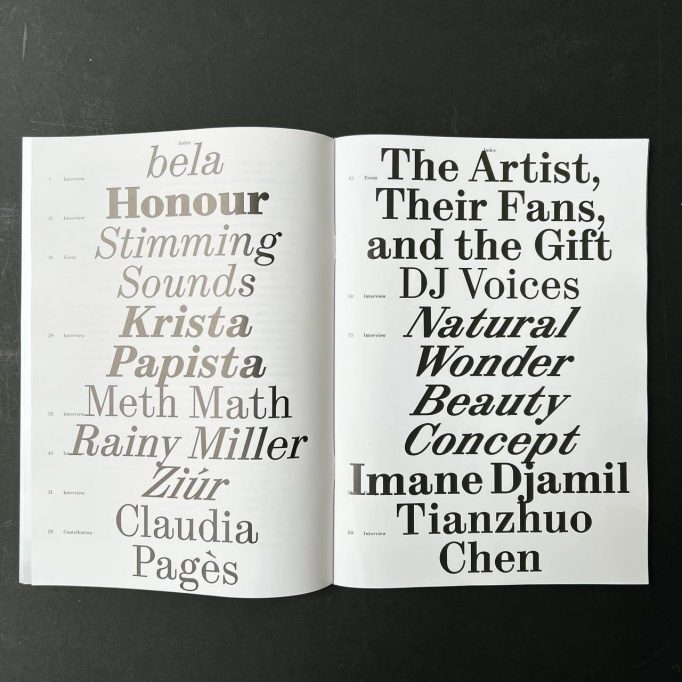
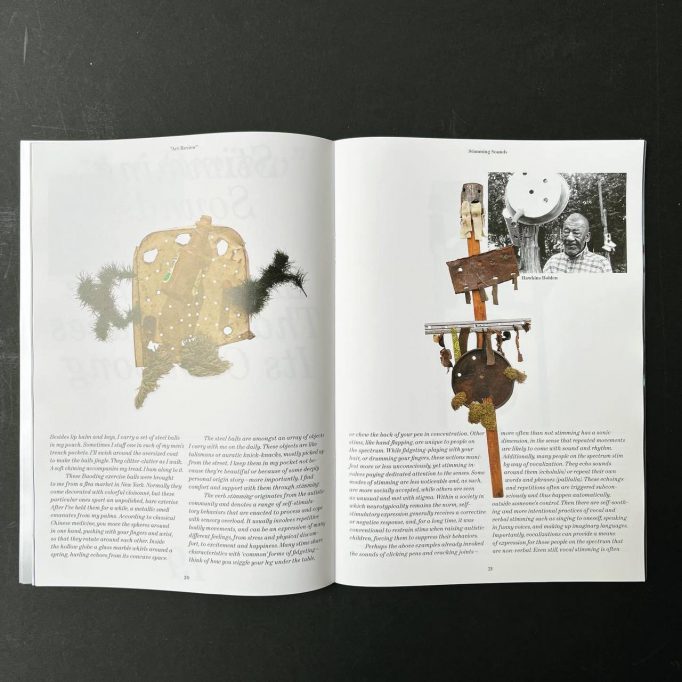
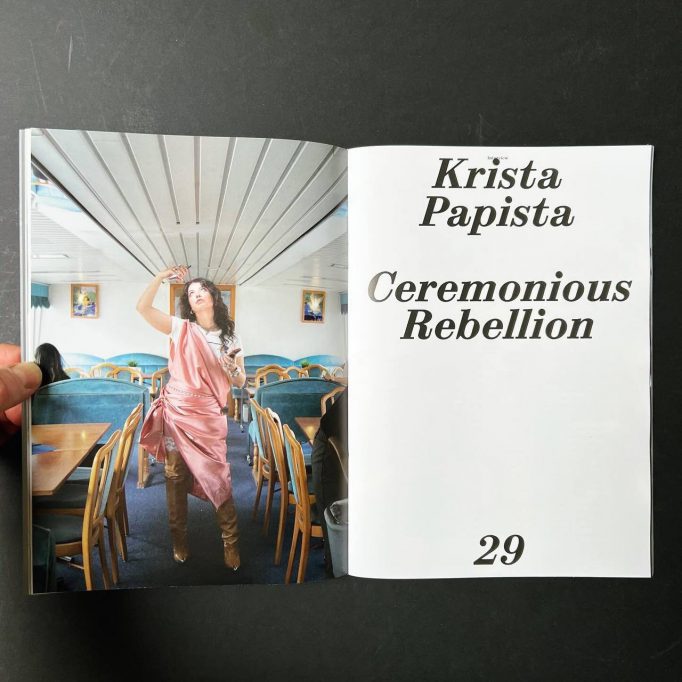
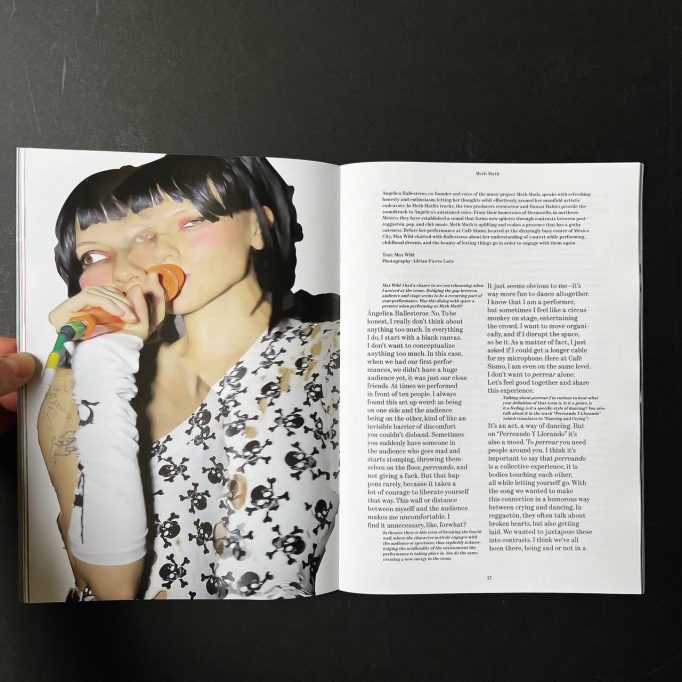
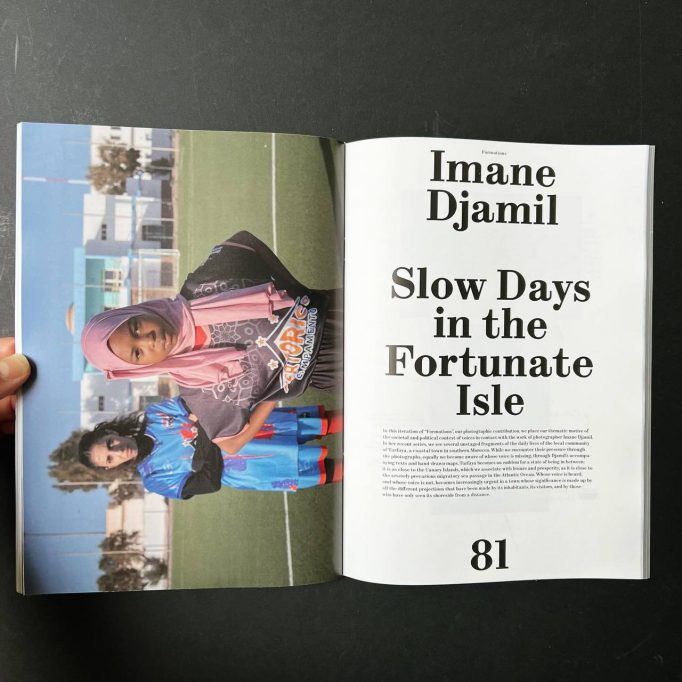
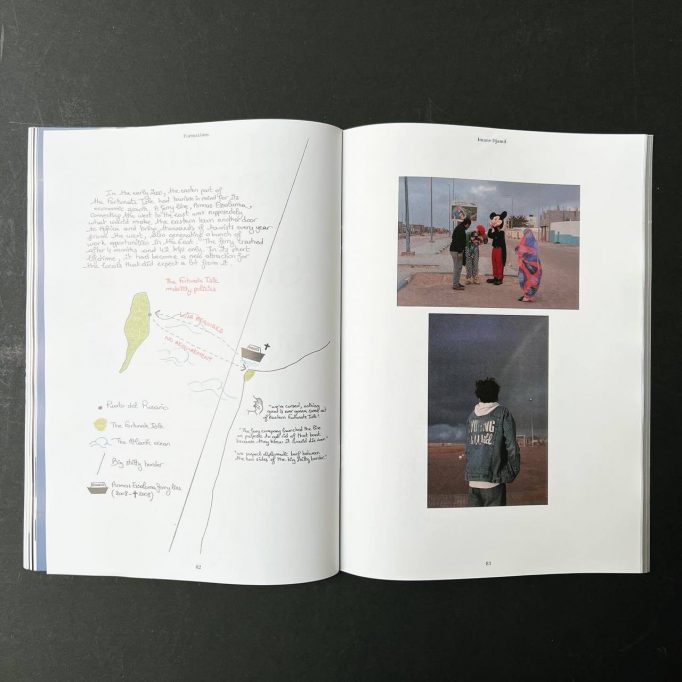
The sound of each individual’s voice is thought to be entirely unique. Like a fingerprint, its composition is distinct, nuanced, and one-of-a-kind. While all this is true, it’s a concept that has been challenged in recent times by the refinement of AI-powered systems which are able to emulate voices to a tee. And not only voices, for that matter, but whole styles and aesthetics: an AI-generated facsimile of Drake and The Weeknd’s voices titled “Heart on My Sleeve” made the rounds this year and was even submitted for Grammy consideration. It’s a legitimate song, and a proposal that does not only keep legal departments busy, but also allows for myriad reflections on originality and, bluntly, the future of music. But as the future of music is a broad and daunting topic to speculate on, we want to hone in on what’s been prefaced above: issue #28 of zweikommasieben centers the voice as means of expression, and wants to expand on what is meant by that: it’s not only what is heard, but also why a voice is used and by whom. This latest edition considers what it means to voice, and its physical, societal and political dimensions.
Truthfully, voices as a topic might be even more daunting to tackle. Its political implications are manifold and have to be considered in seriousness. Voice can’t be separated from reflections on the ingrained power of attitudes, beliefs, and norms that dominate. Exhibit A for these complex entanglements is a conversation Dounia Biedermann had with South Korean artist bela. The musician explains how they use all kinds of different voices other than their recognizable speaking voice to articulate and access deeply felt emotions towards their home country and identity. “Whispering, growling, screeching, and inhaling” help them in disrupting cultural boundaries of power that historically constrain and silence marginalized identities. With this approach, bela finds an ally in Krista Papista: in conversation with Jazmina Figueroa she informs that her latest album was an explicit tribute to the lives of victims of femicide in Cyprus, and the marginalized voices that are not heard within the Cypriot national ideology. By subverting traditional music genres and poetics, both Krista Papista and bela push forward the need to queer history and to reveal longstanding, harmful, national myths.
In a queer history, we are no longer pointed towards dominant and singular voices, but instead expand to a context that is polyvocal—a term we encounter in artist Claudia Pagès’ contribution to this issue: through the tools of light, drums, and text, a different temporality and reading of history is proposed. Tuning out of the prevailing source of authoritarian speech, and tuning in to the voices of many, also leads us to consider the articulation of the collective. In his interview with Helena Julian, artist Tianzhuo Chen points to the shared voice of humankind as a whole, and its yearning for a state of flow and togetherness.
For the latest iteration of the visual column “Formations”, Imane Djamil provides a portfolio of photographs taken in the Moroccan seaside town Tarfaya. In the series, we are confronted with the boundaries that can be imposed on one’s legitimacy to express. We witness glimpses of everyday life, in close proximity to the severely precarious migratory sea passage towards Europe. Hearing the voice of the local community, we equally become aware of whose voice is missing.
Naturally, the voice is also an instrument that is shaped by its limitations. Although, still today, it seems to have preeminence above all other forms of human expression. The full width of the use of voice and sounds produced by individuals is further explored in an essay by Dagmar Bosma. The artist and writer muses on the act and appearances of different forms of stimming, which is a verb that originates from the neurodivergent community. Bosma highlights the sonic dimension of stimming with its vocalizations and repetitions of sounds and rhythms, as a way to equally express and soothe.
A recurring interest of zweikommasieben is, to speak with Claudia Pagès, to be polyvocal. Previous issues tried to achieve this by highlighting all the different people involved in bringing a magazine to life (in issue #22) or allowing authors, translators, photographers, and designers to make additional editorial notes (in issue #23). This time around, the graphic designers Kaj Lehmann and Raphael Schoen are using typographic matter to create a similar effect: different cuts of the same font (which was designed by Lehmann and previously used in issue #17) are applied to choral effect.
One could argue that for a voice to exist, it needs to be heard. In this 28th edition, we wish to offer exactly that. In the next pages, you will perceive a multitude of voices—from roars to whispers—, sometimes out of tune or out of time, with the intention to be recognised by those who dare to listen.
Author: Helena Julian, Mathis Neuhaus (Eds.)
Publisher: Präsens Editionen; Motto Books
Order here

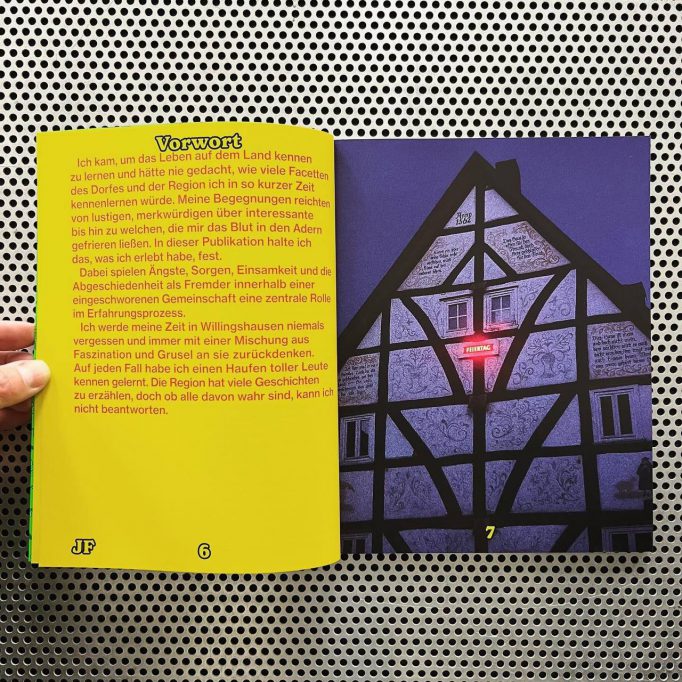
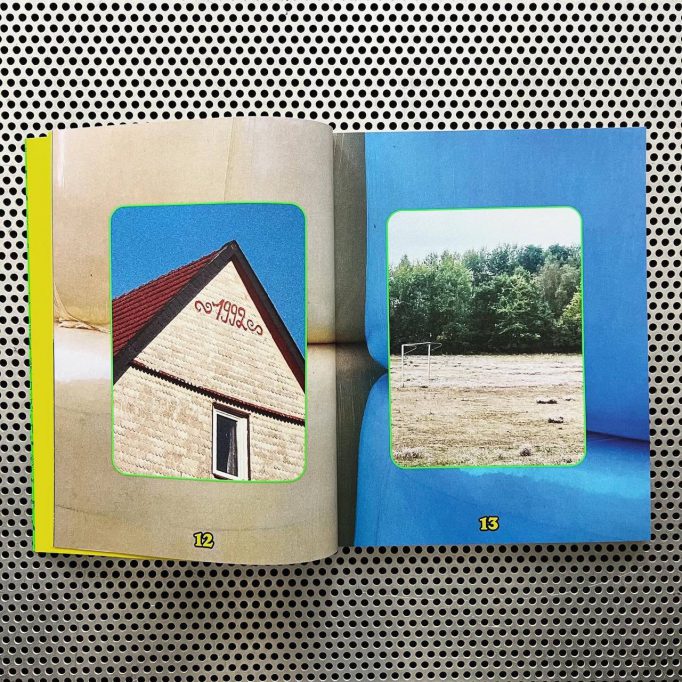
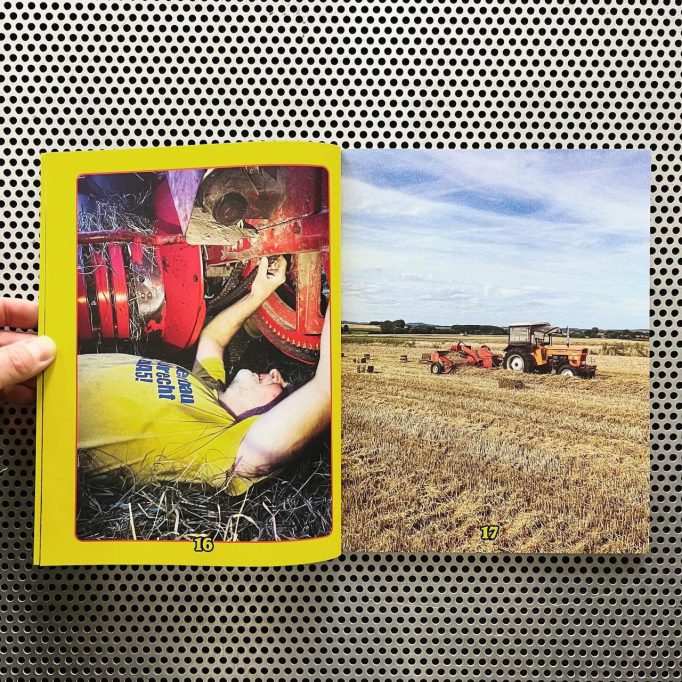
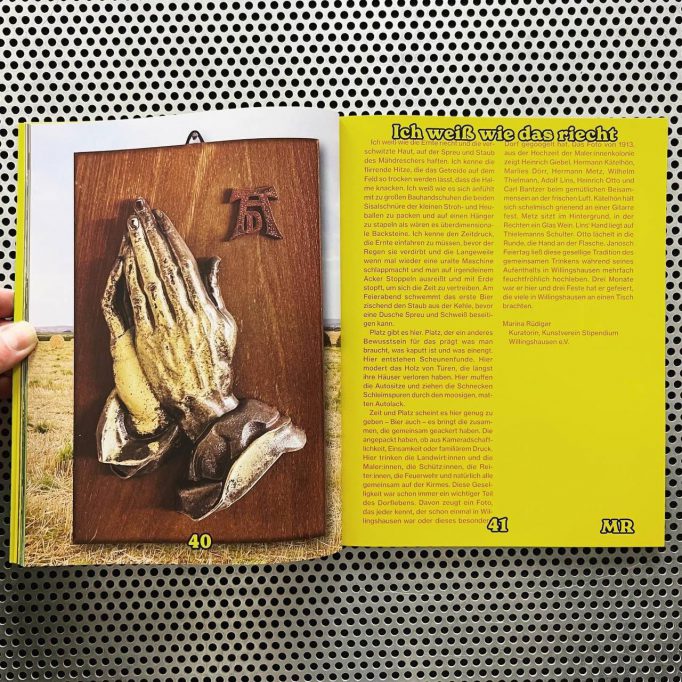
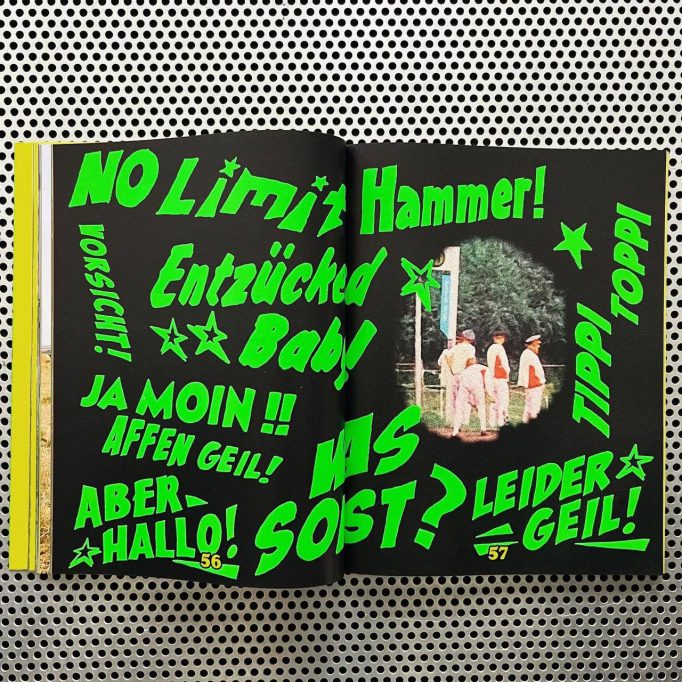
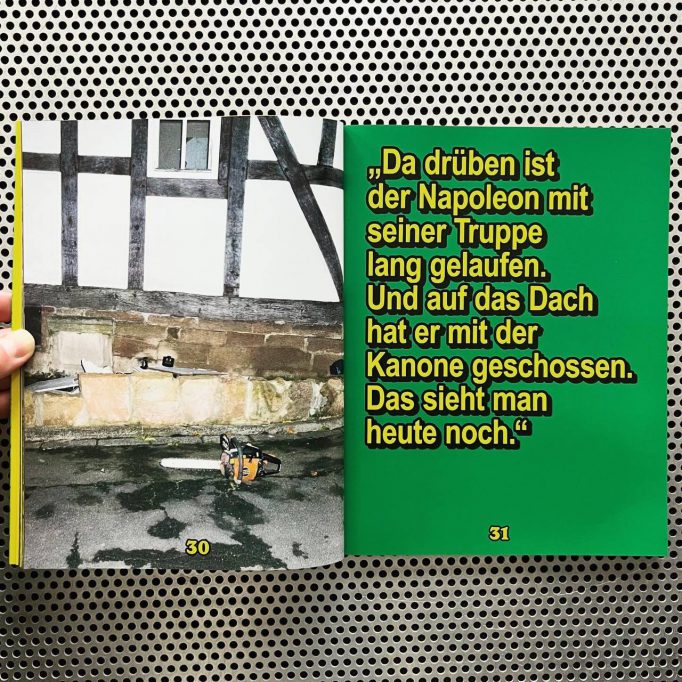
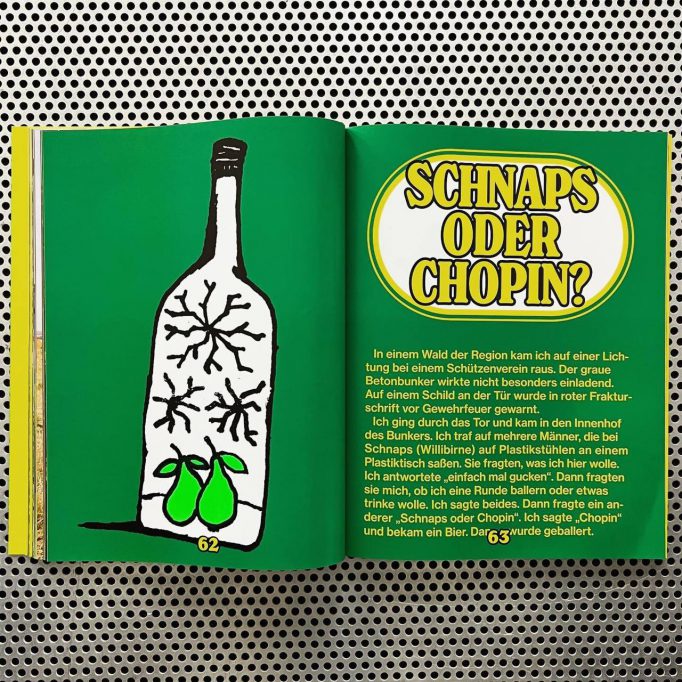
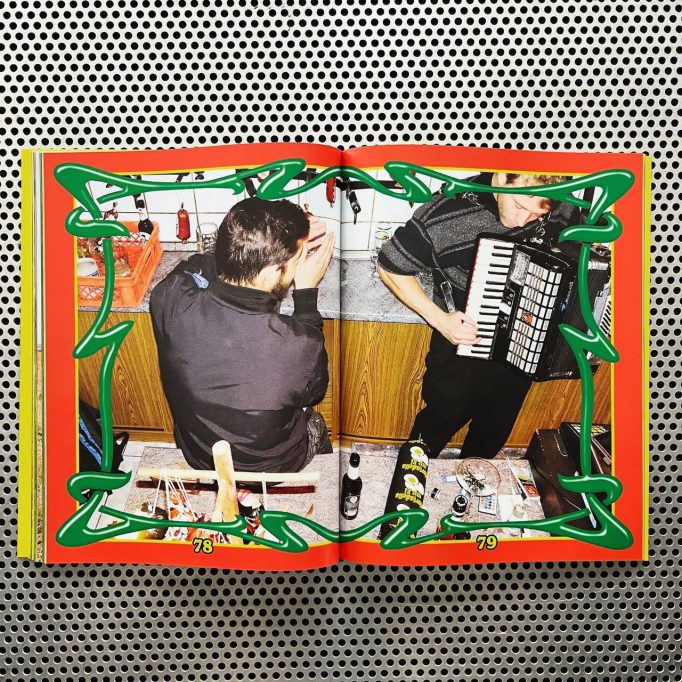
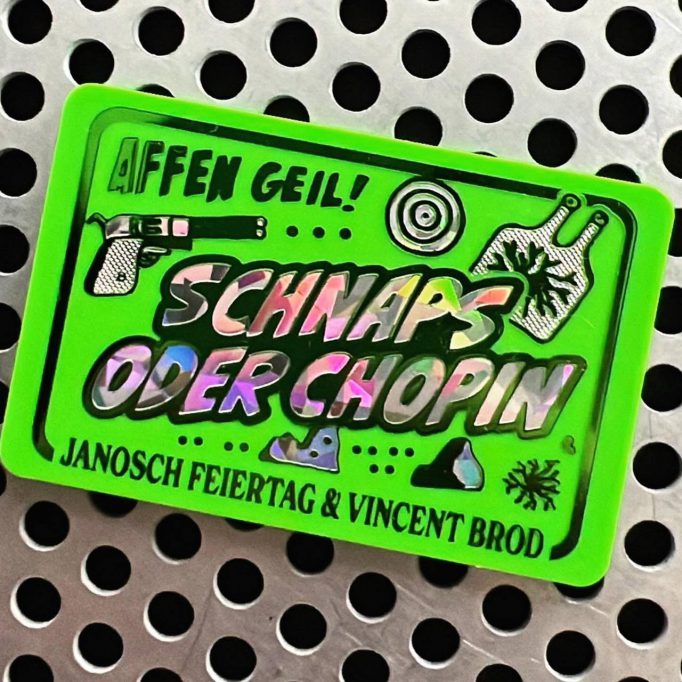
”Wenn man mit der Main-Weserbahn
von Frankfurt nach Kassel fährt und sich dem Bahnhof Treysa nähert, so eröffnet sich rechts ein weites, fruchtbares Tal: der Schwälmer Grund, so genannt nach dem Flüßchen der Schwalm.“
Author: Janosch Feiertag (Ed.)
Publisher: Schwalm
Order here
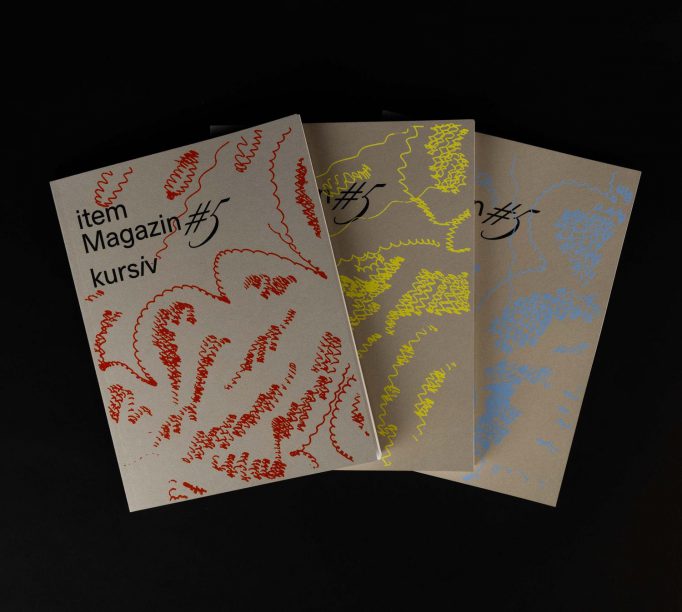
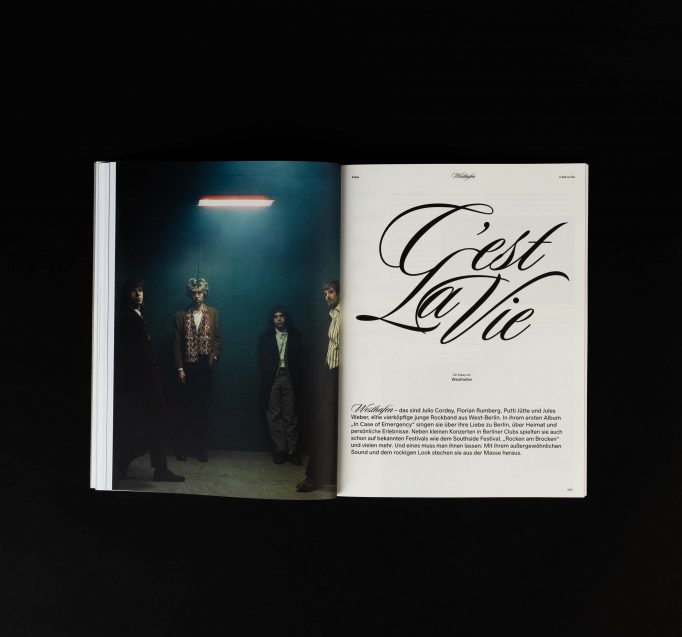
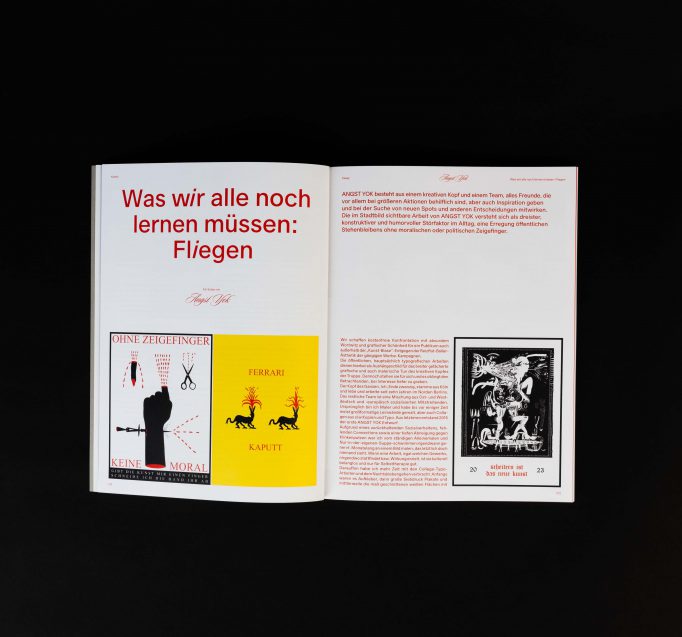
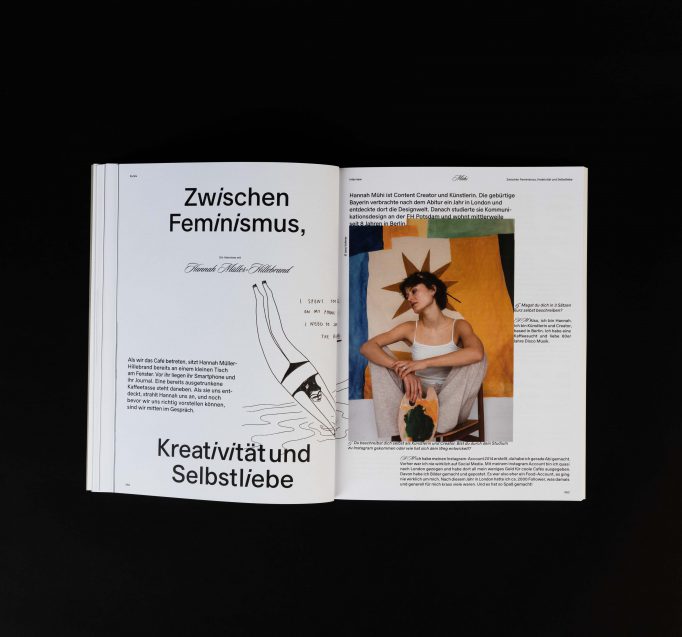
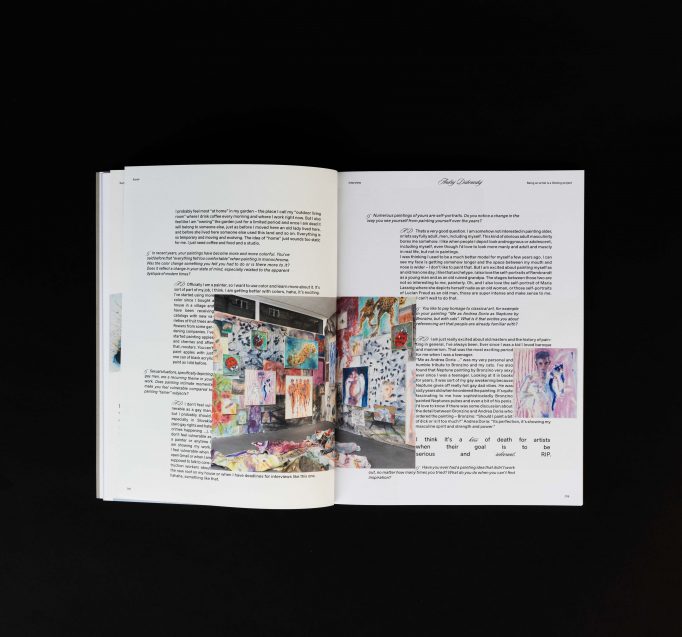
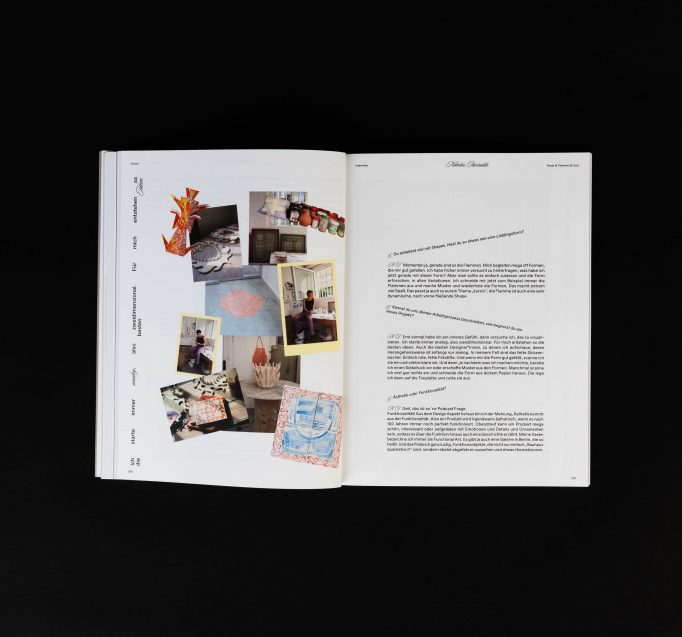
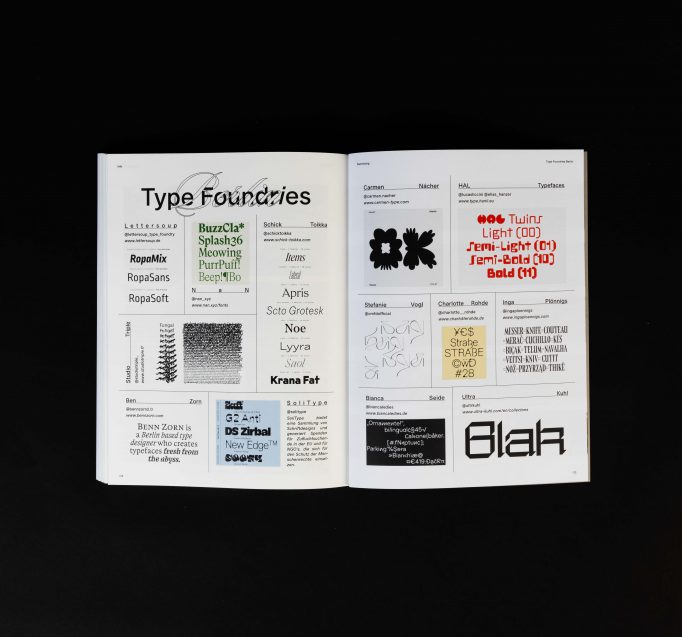
item (Independent platform for the Transfer of Educational impulses via a student Magazine) is the student magazine of the Department of Design and Culture at HTW Berlin.
item #5 steht unter dem Titel kursiv und behandelt Veränderung als fließenden Prozess. Kursiv (lat.), das bedeutet so viel wie fließend, immer weiterlaufend, aber auch eilend. Ist das nicht eine ziemlich treffende Repräsentation unserer heutigen Zeit? Der digitale Wandel eilt so schnell voran und verändert unser Leben stetig. Doch muss das unbedingt bedeuten, dass das analoge Handwerk ausstirbt? Oder kann Digitales und Analoges miteinander vereint werden und zusammenfließen? Des Weiteren befassen wir uns mit Heimat und Identität. Was hat unsere Kultur mit unserer Arbeit zu tun? Wie identifizieren wir uns mit verschiedenen Kulturen und wie beeinflussen uns diese? Was bedeutet eigentlich Heimat? Was treibt uns an und was inspiriert uns?
In item #5 fokussieren wir uns auf junge Kreativschaffende aus Berlin und haben viele spannende Beiträge zusammengestellt. Du kannst dich unter anderem auf Interviews mit Hannah Mühi, Andrej Dúbravský, Berfin Karakurt, Nikolas Iturralde und dem Kreativ-Duo Lisa Ertel und Jannis Zell freuen. Außerdem gibt es individuelle Texte von dem Künstler Angst Yok, den Poetryslamerinnen Hala und Lucia Lucia, der Rockband Westhafen und dem Typedesigner Hubert Jocham. Zusätzlich stellen wir Arbeiten von 23 Studierenden des Fachbereichs Gestaltung und Kultur vor und ermöglichen so Einblicke in die verschiedenen Studiengänge und die Arbeiten, die an der HTW entstanden sind.
Order here
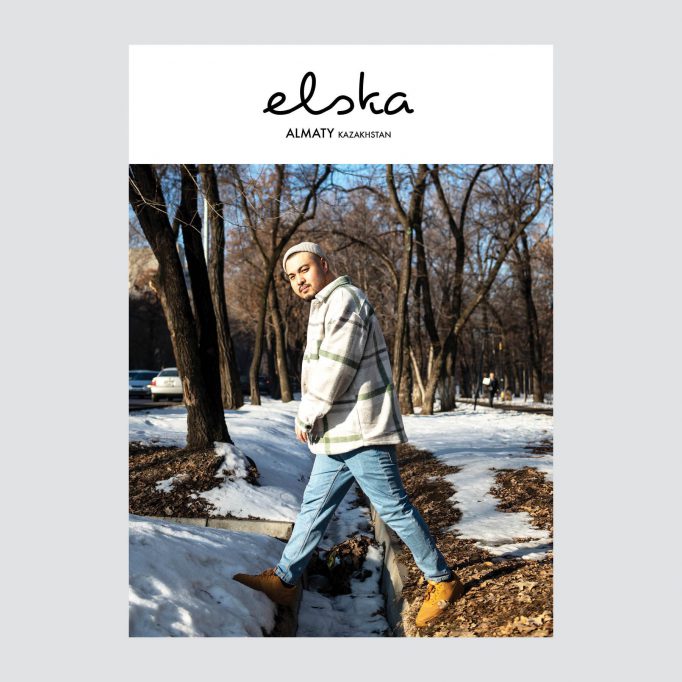
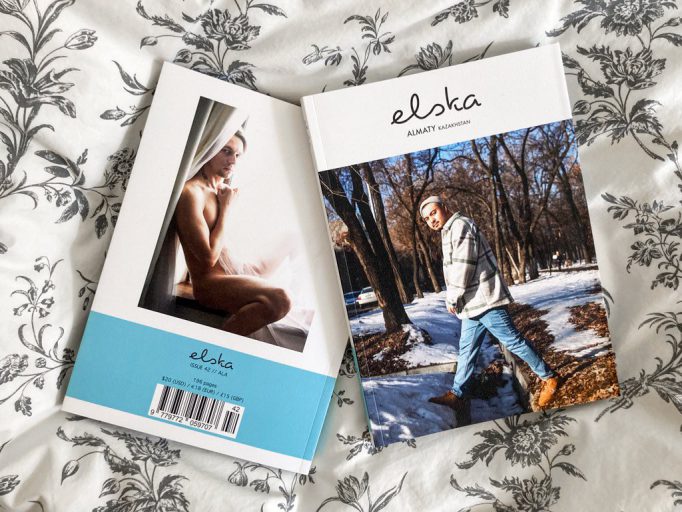
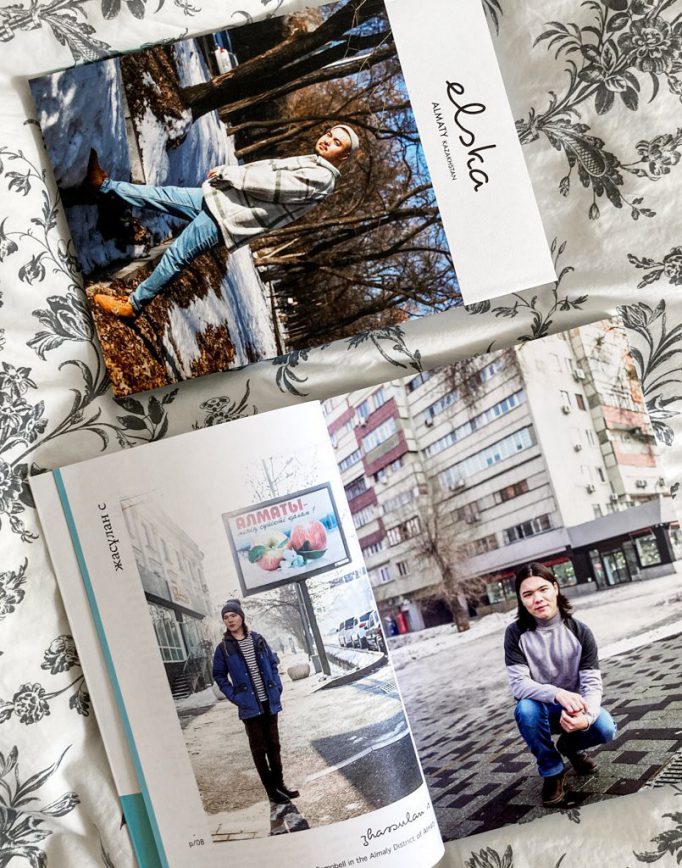
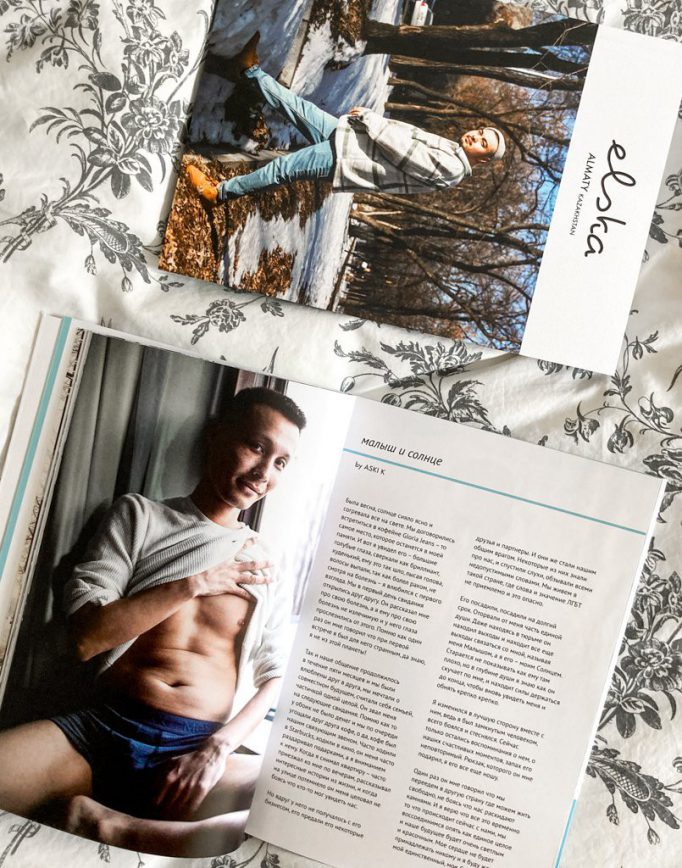
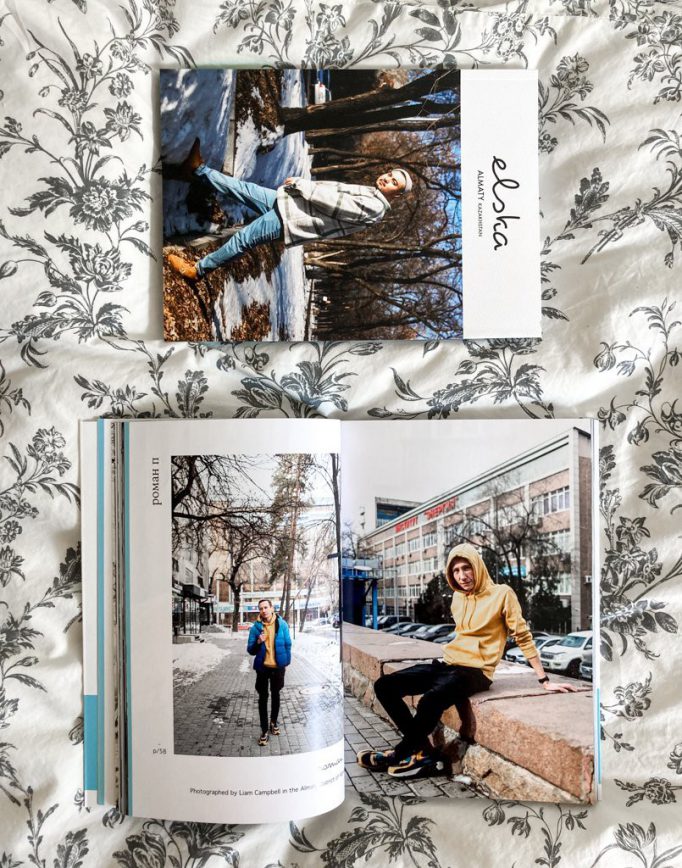
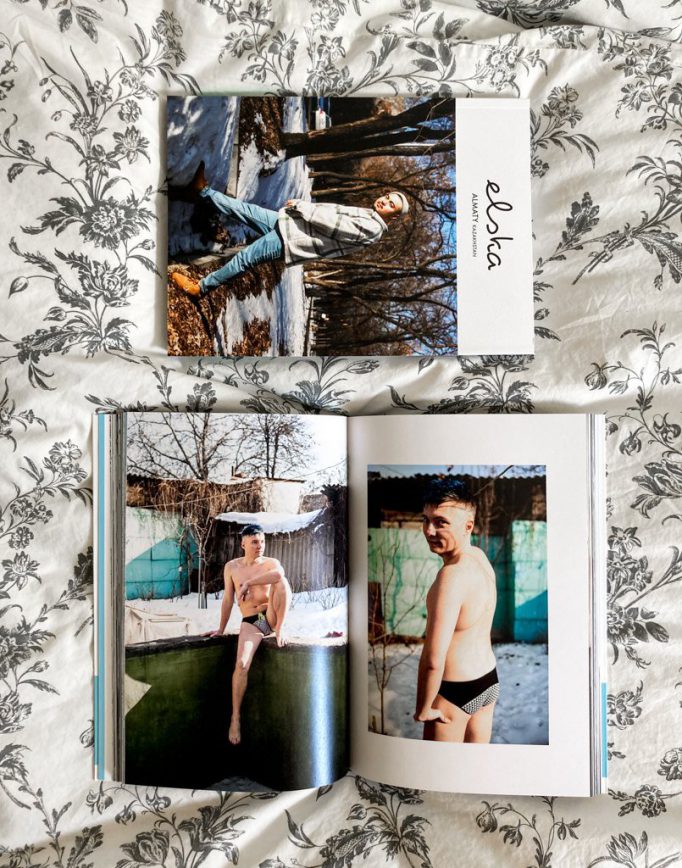
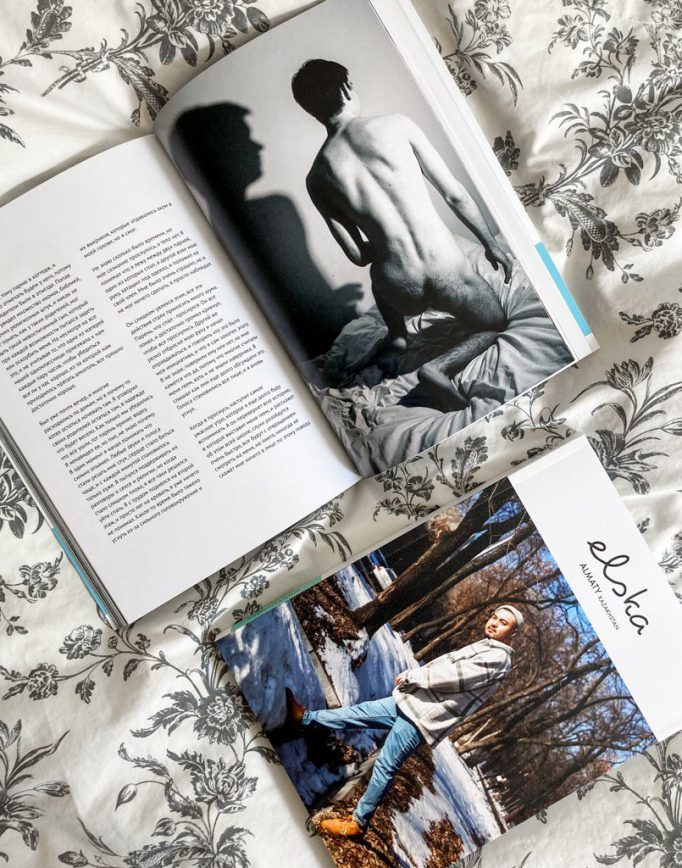
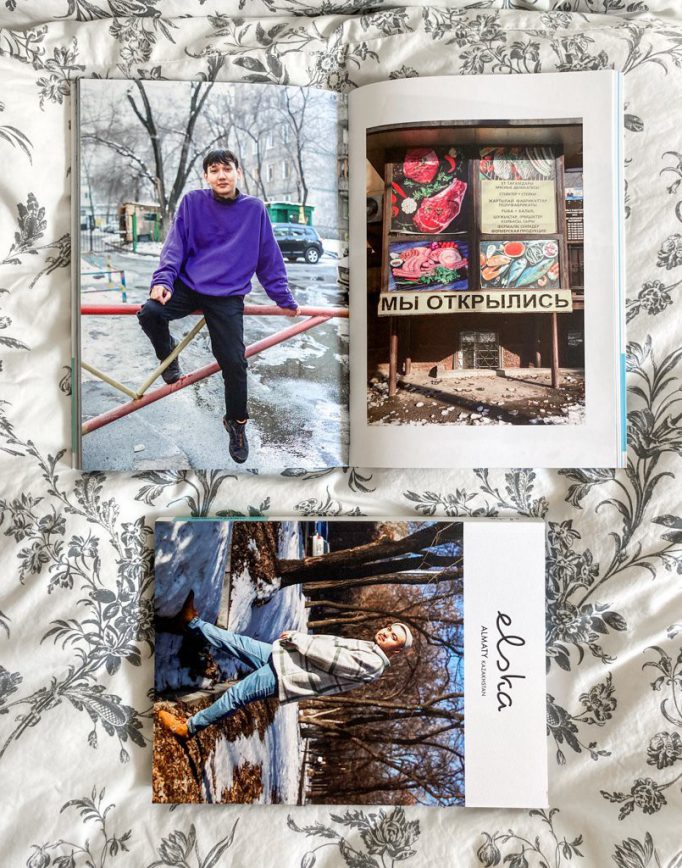
This issue was made in Almaty, the largest city in Kazakhstan and a burgeoning centre of LGBTQ culture in Central Asia. This is the sort of place that we expect the bulk of our readership to know little about, and before coming here we were also rather in the dark.
‘Elska Almaty’ features ten chapters, dedicated to the following local participants: Zhassulan S, Nicholas S, Aski K, Roman P, Nurzhan T, Denis Z, Sanzhar A, Samgat A, Edward S, and Nan N.
Ten ordinary local boys from this city’s LGBTQ community, shot both in the city streets and at home, dressed in their own style and often not dressed at all. Each also contributed a personal story, written themselves in either Kazakh or Russian (and followed by English translations) on any subject of their choosing, enabling an even closer connection. These texts touch upon a variety of topics, from stories of falling in love with a closeted celebrity, to chronicles of learning to not just live but flourish as an HIV-positive person, to tales of being a dedicated cat dad who can’t stop growing his feline family.
Extra special thanks this issue goes to: Josiah Blackmore, Frank Dalton, Joe Pinto.
elskamagazine.com
Order here
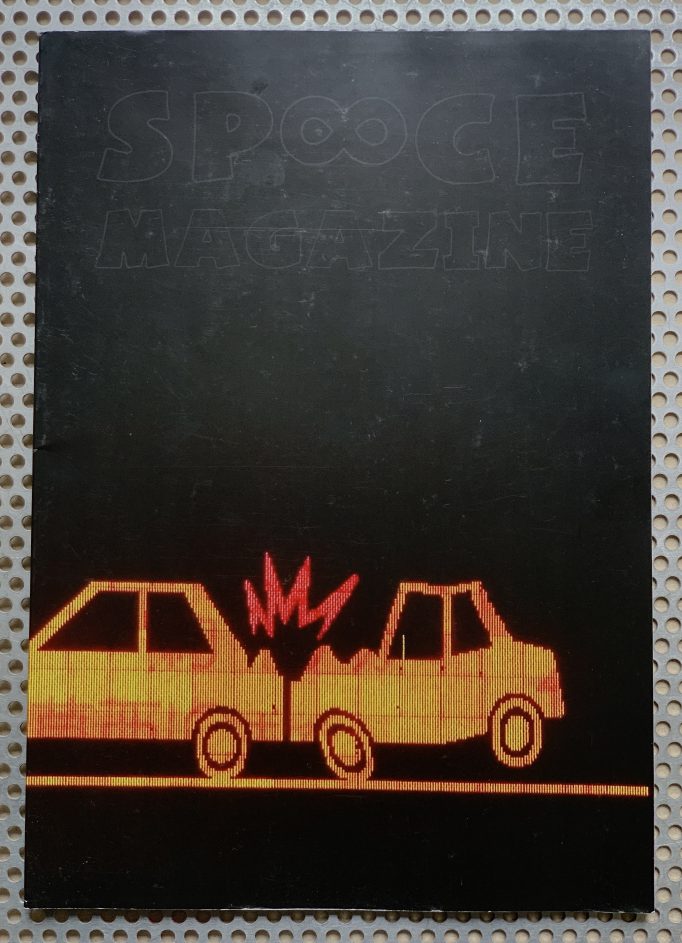
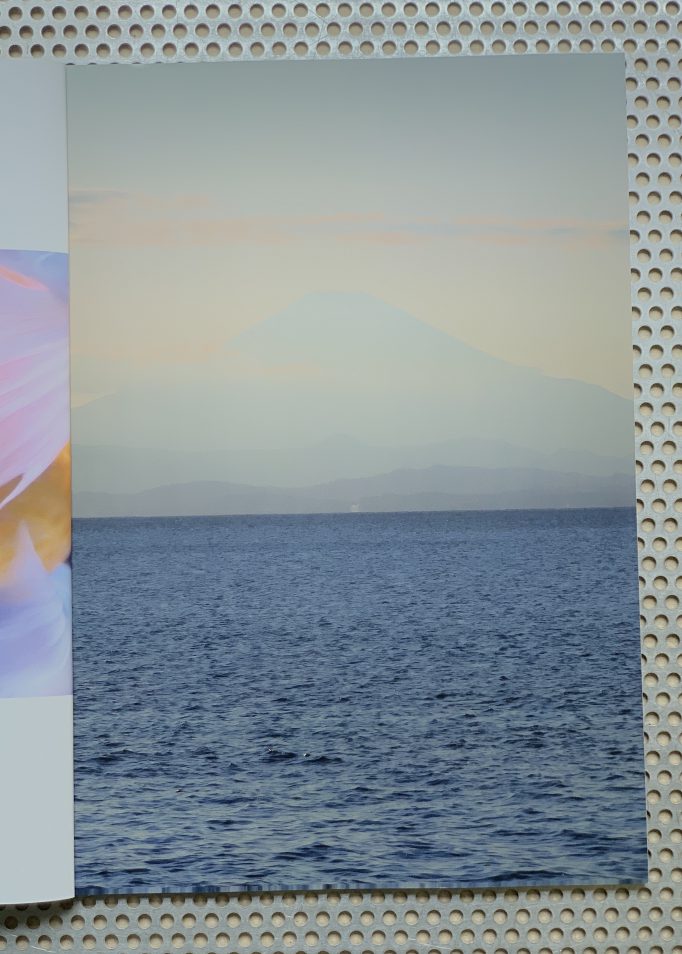
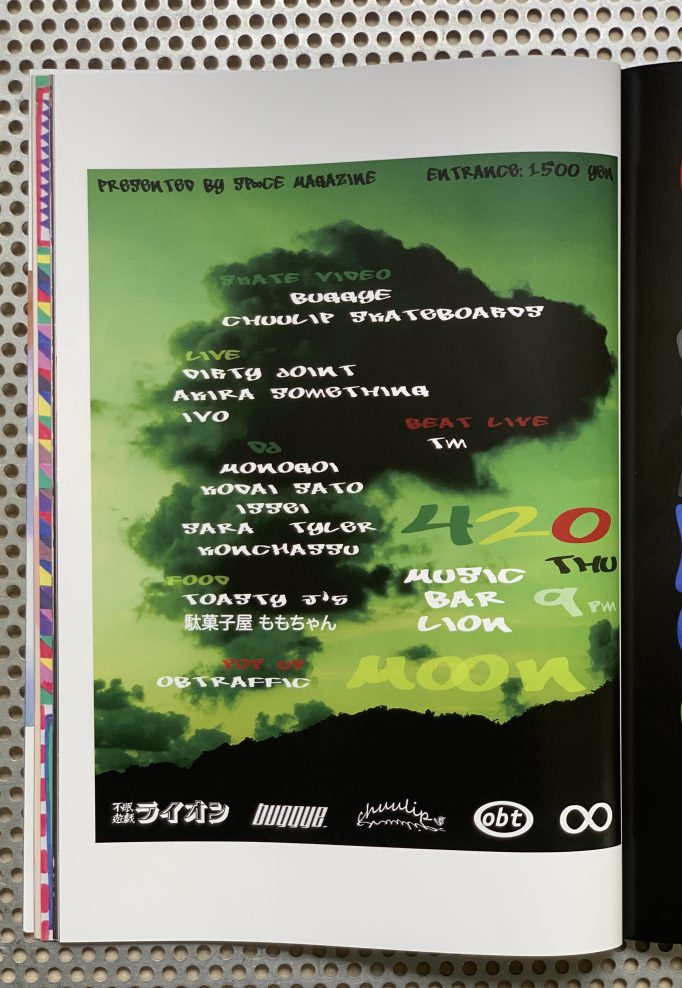
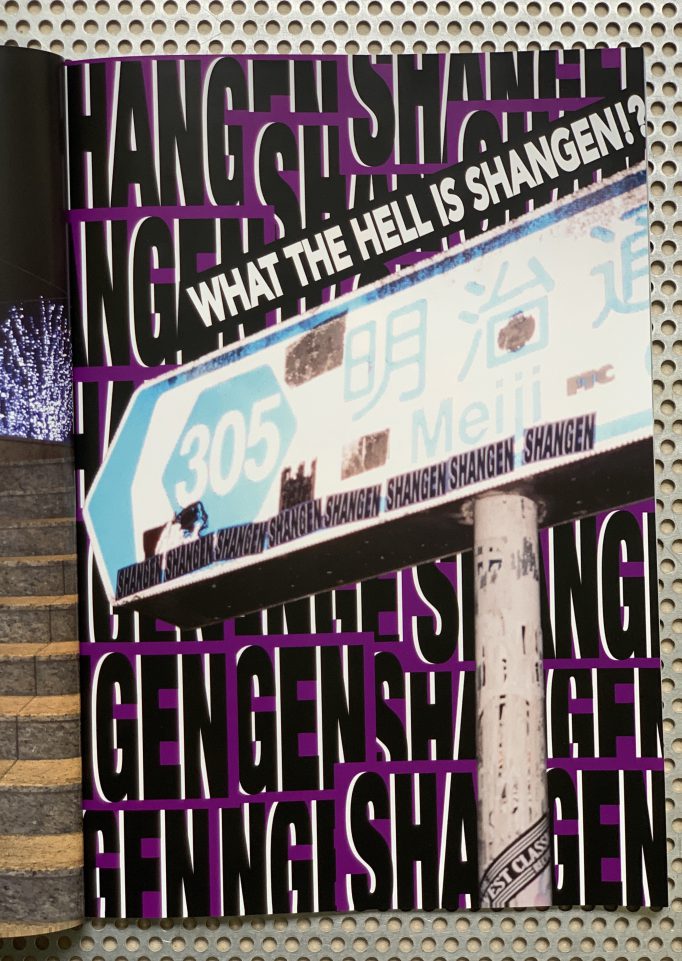
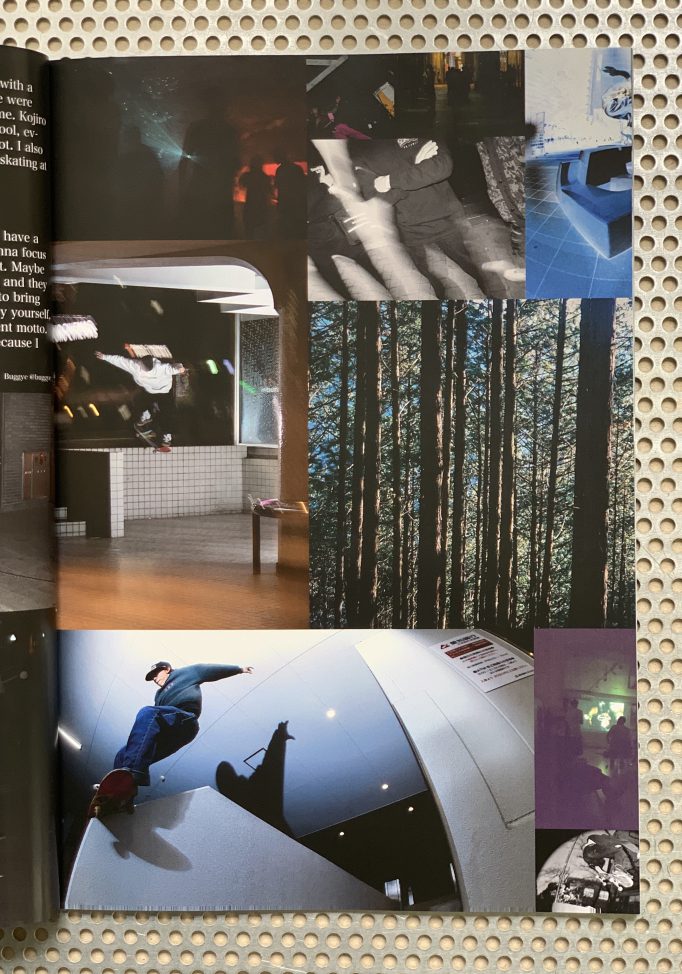
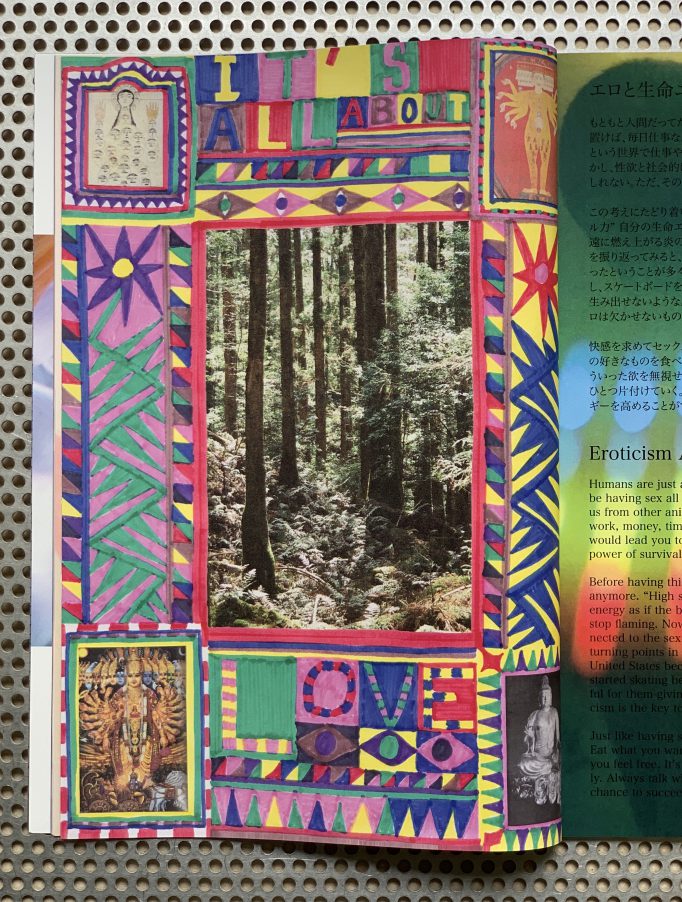
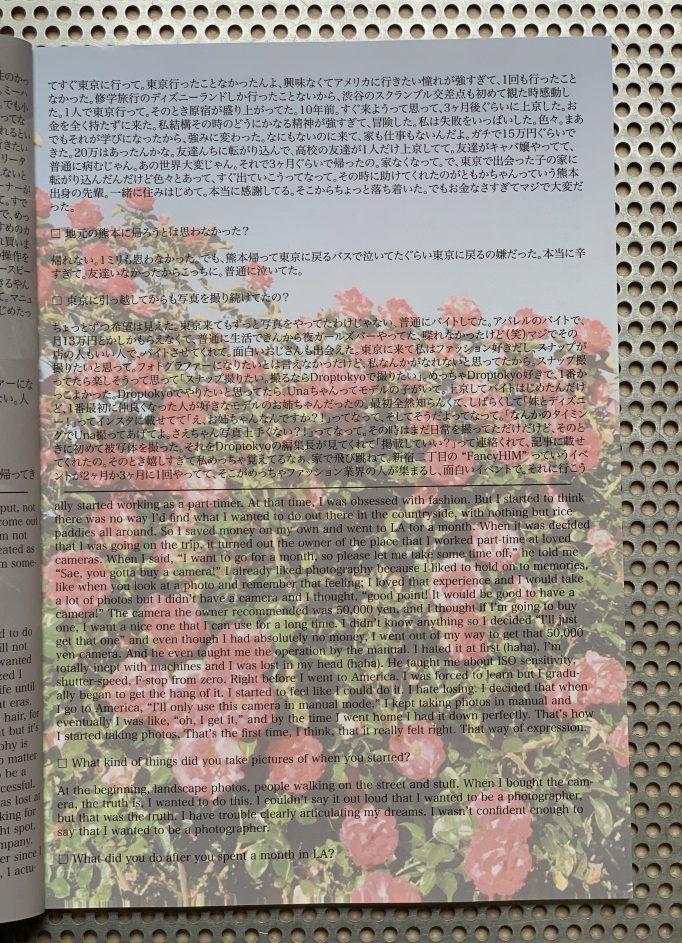
SP∞CE Magazine is a media focusing on lifestyles and cultures. “There are ∞ (infinite) ways to live your life.” We hope to be a guiding light for those who yearn for freedom and authenticity but may not yet know the way. The debut issue “vol.00” features the communities around skateboarding and art in our home city, Tokyo. Find yourself, be yourself.
Interviews:
– Saeka Shimada (photographer)
– Ryo Seijri (skater/artist)
– Buggye (skate collective)
– Y Town Playaz (skate collective)
Artist Pages:
– Wataru Kawaguchi
– Yutaka Kobayashi
– Otokoume
– Azusa Nigo
– Ryo Sejiri
– Ranko
– Cohal
– Miho
– Pure
– Mofurio
Essays:
– Eroticism And The Power of Survival / エロと生命エネルギー
– How to Talk to Yourself / 自分を知ろう
Party Archives:
– Group Art Exhibition “M∞N” | July 2022
– Skate Video Premiere “M∞N” | October 2022
– M∞N -420 Specials- | April 2023
Order here
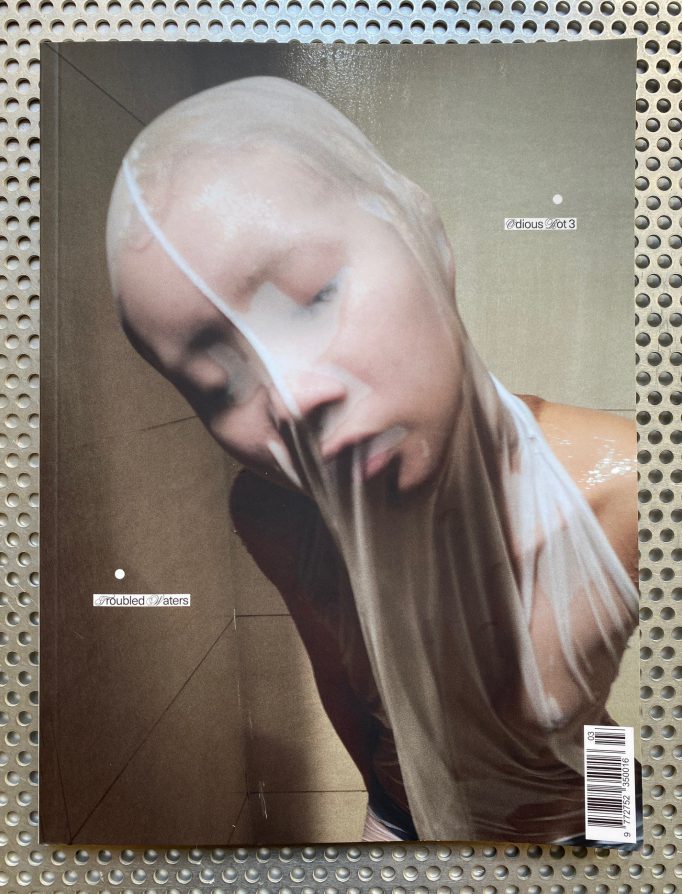
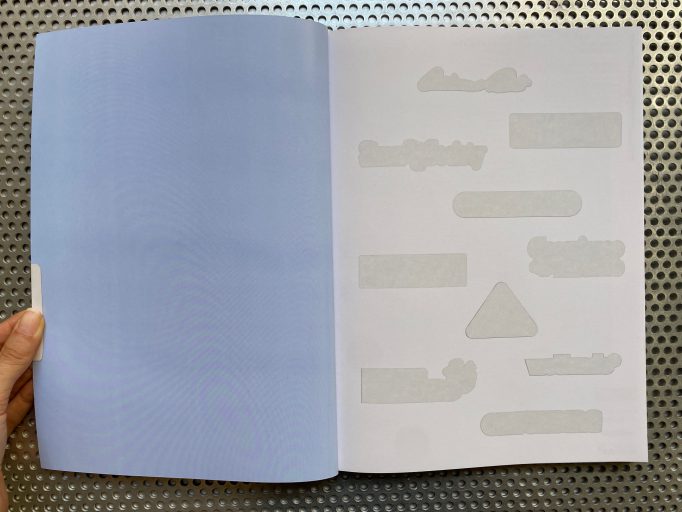
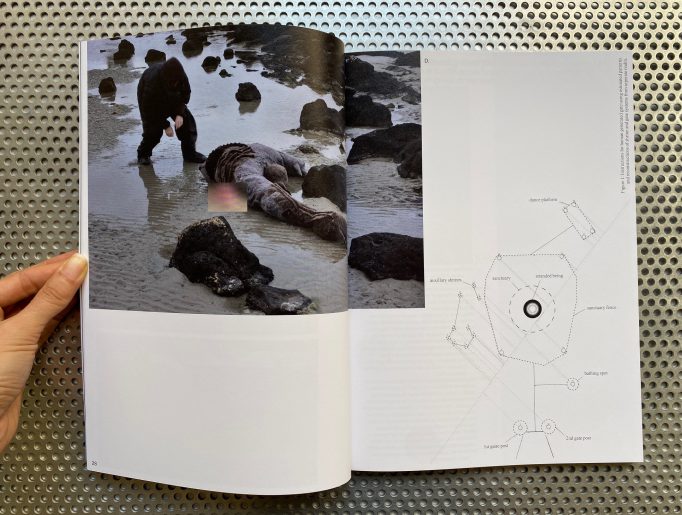
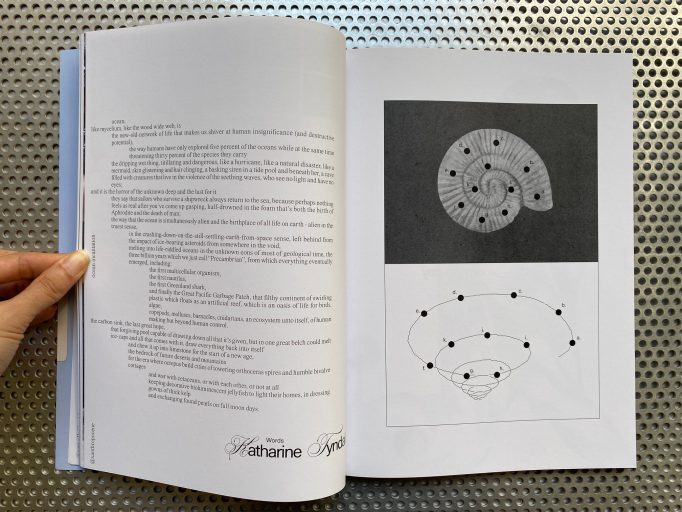
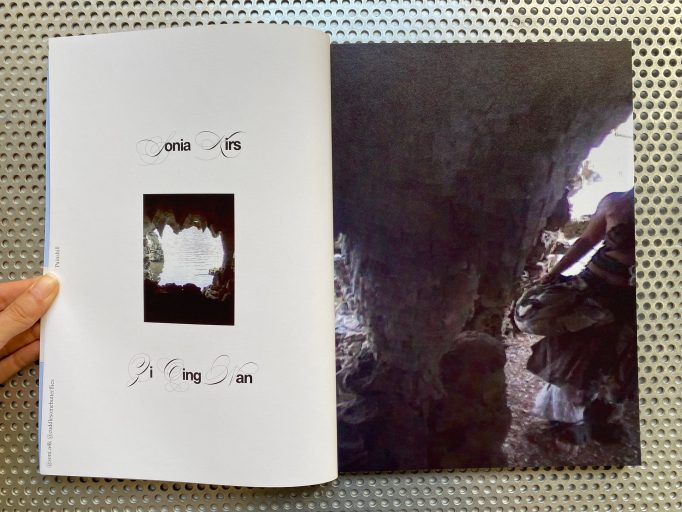
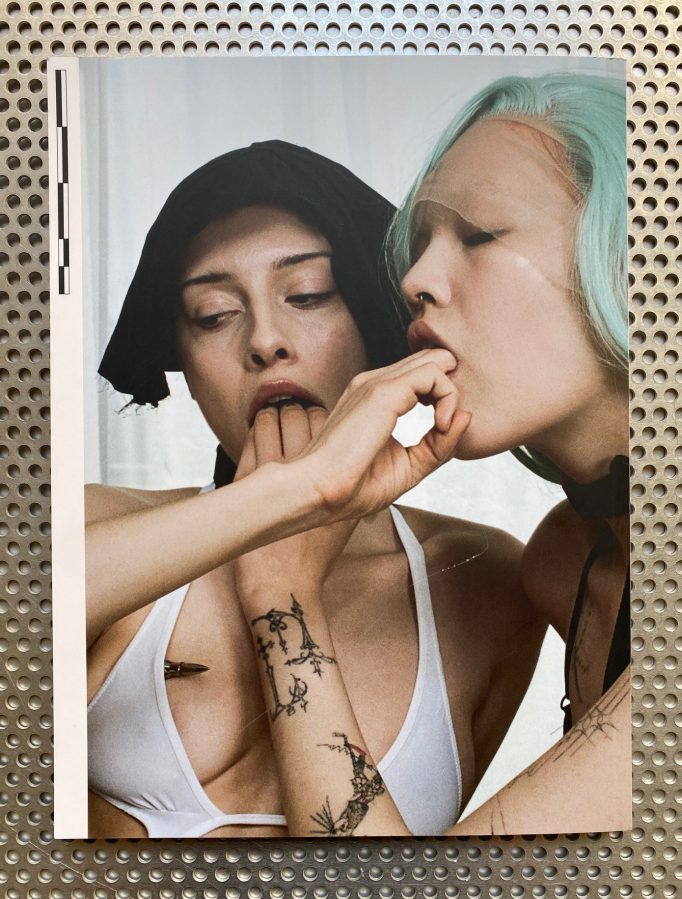
Coming from the fire-lit warmth of OR2 Weapons & Self Protection, Odious Rot retreat to the coolness of underground caves, tidal pools and reservoir tanks. OR3 Troubled Waters is a tribute to the damp, the dank and the wet—a titanium trove dredged up from the deep.
Odious Rot is a community-focused magazine fossilising independent creatives in print. Heavily informed by world-building, each yearly issue exists as a self-contained system, within which contributors share commentary on their own work.
Odious Rot welcomes all modes of design practice, performance, poetry, prose and cultural observation in response to a chosen theme. Devoid of big brand advertising, we prioritise the practitioner, holding space for the unsung talent we feel is owed more light. A printed relic of this moment, now.
Order here
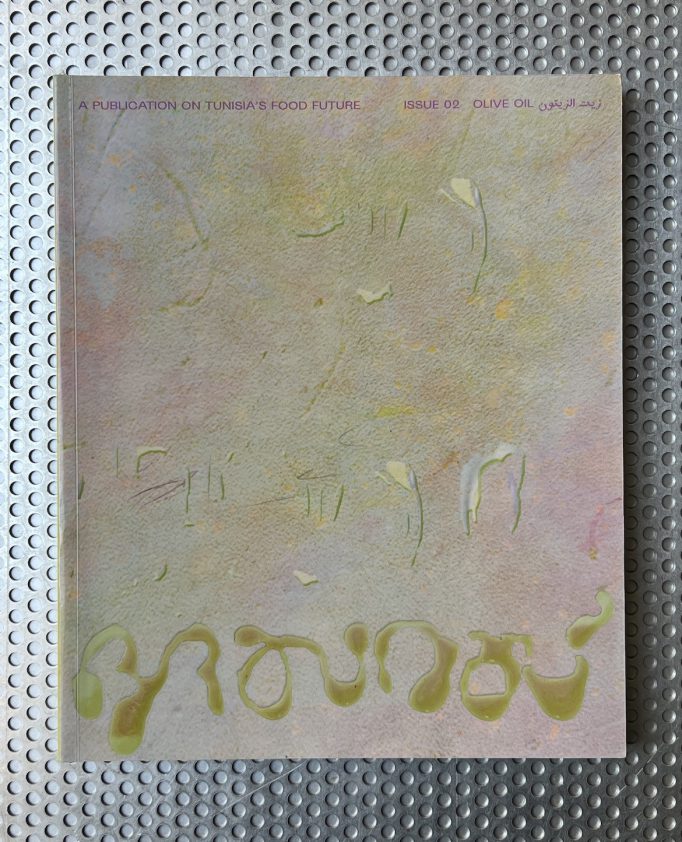
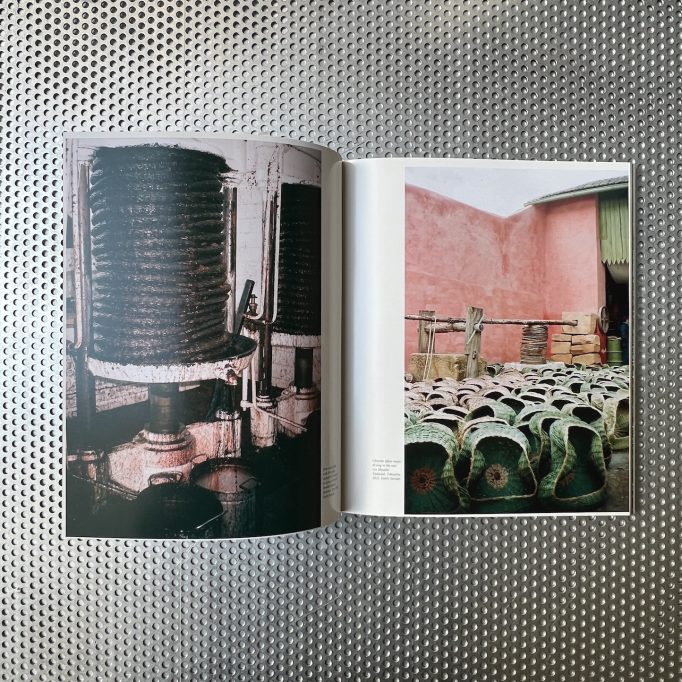
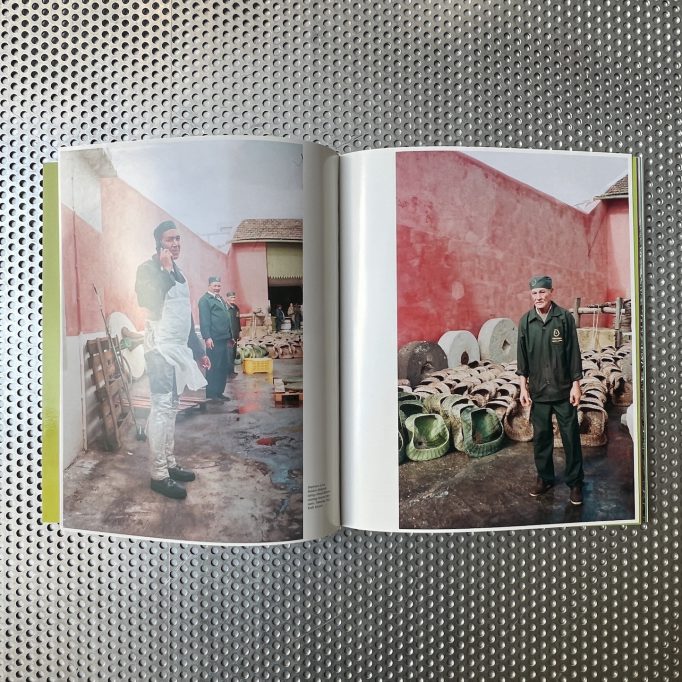
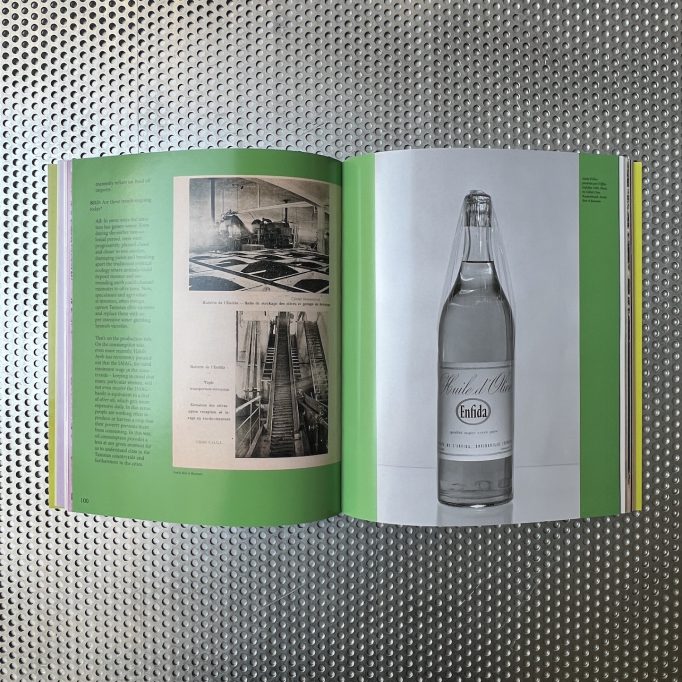
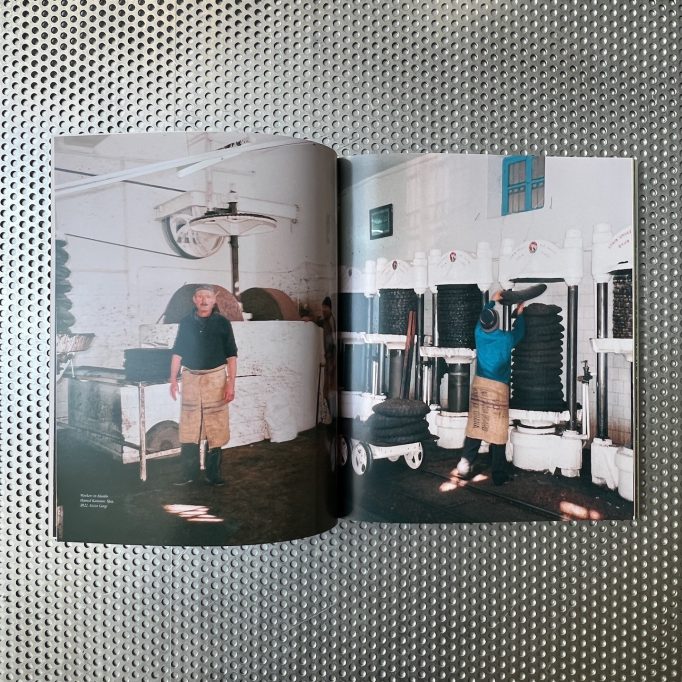
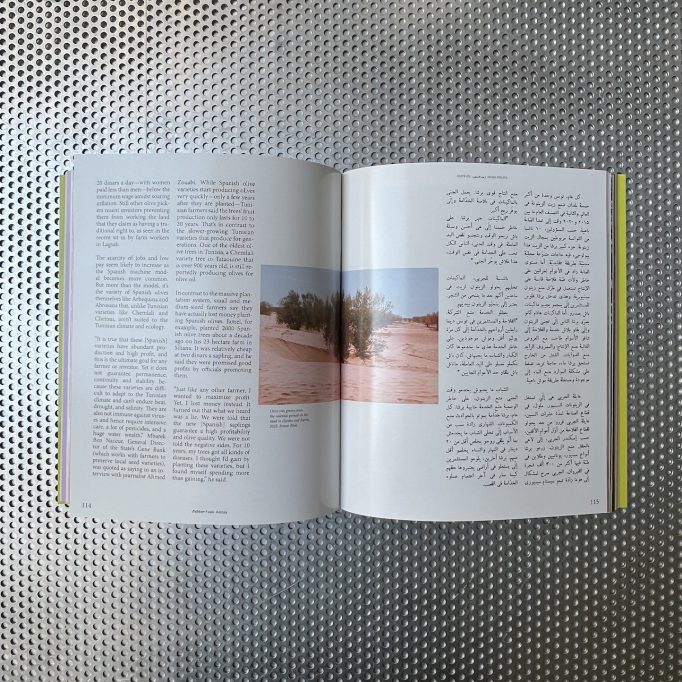
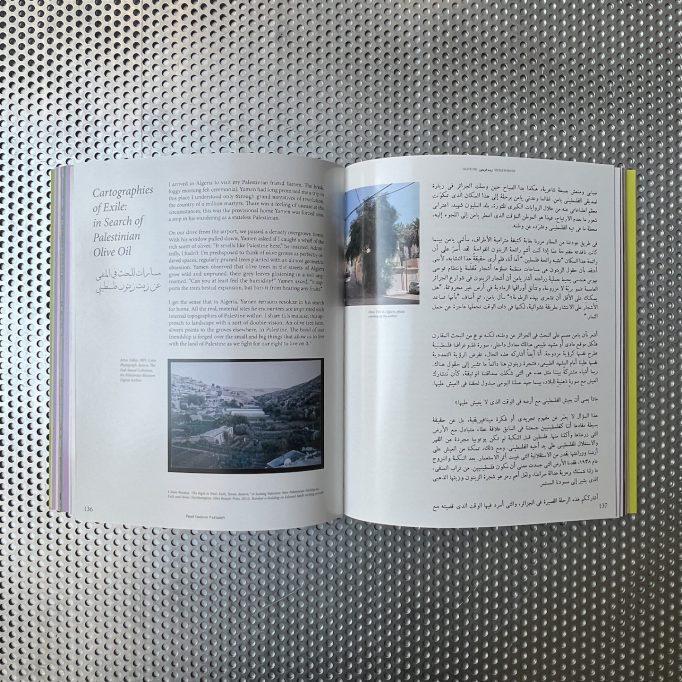
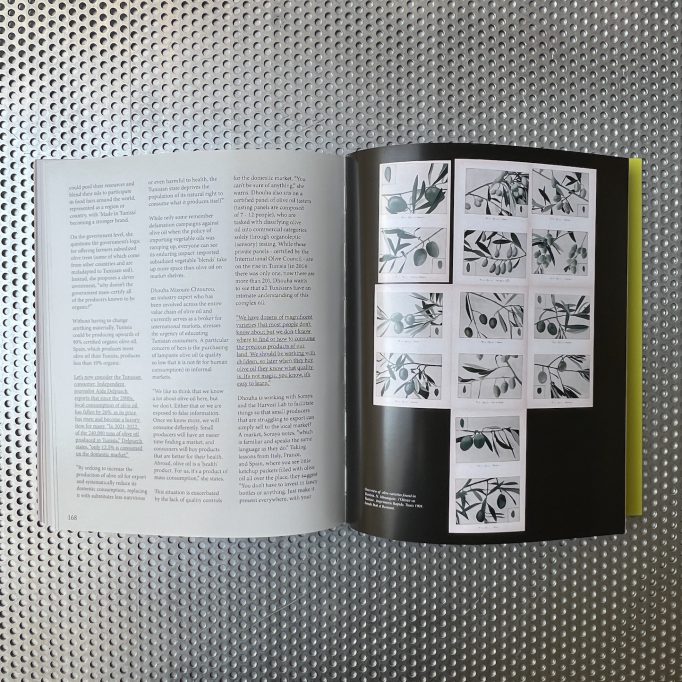
BROUDOU is delighted to present the second volume of our magazine. This year, it is dedicated to stories that traverse the world of olive oil.
As a collective publication, we have gathered knowledge and perspectives on this sacred oil from artists, journalists, anthropologists, historians, poets, and even an archaeobotanist. Exploring the various dimensions of olive oil has taken us back thousands of years, out to Palestine and Egypt, into the homes of diaspora, and beyond.
Questions of health, cultural symbolism, nation building, exile, beauty, and homesickness weave through the nearly 20 contributions which are available in English, Tunisian Arabic, and French.
As with bread, olive oil has opened up enticing exchanges with people from all walks of life, and we hope for these conversations to stay open. By sharing these narratives, we hope to foster collective practices and engagements which bring forth systems that enrich rather than exploit the earth and the lifeforms which inhabit it.
BROUDOU is a non-profit publication and learning platform dedicated to exploring the future of food in Tunisia.
Order here
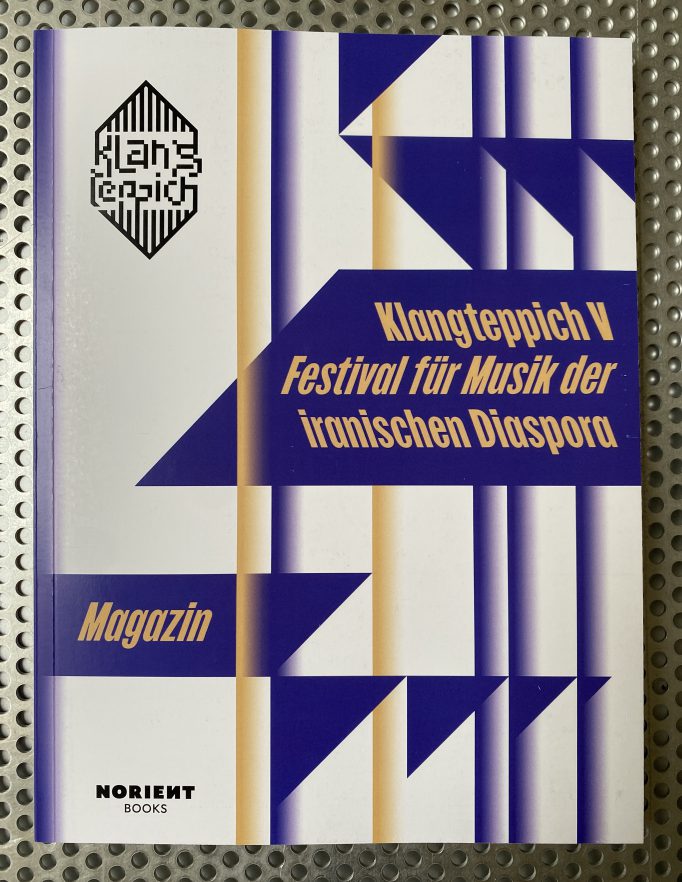
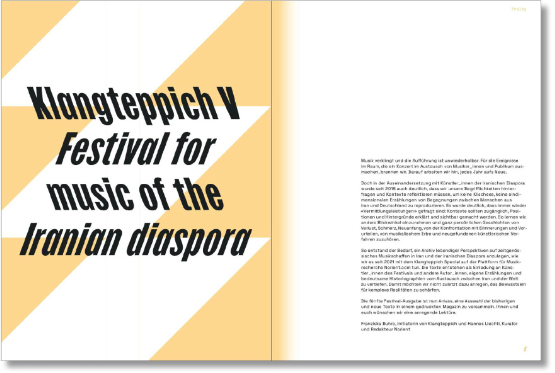
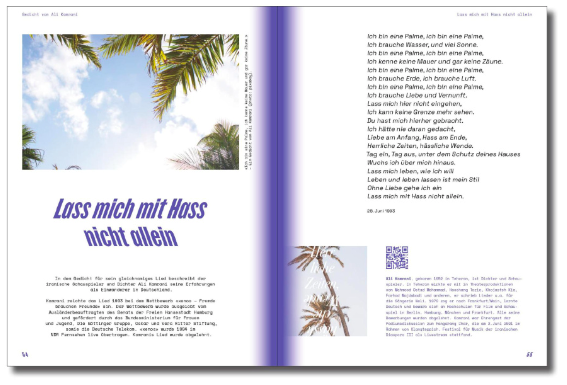
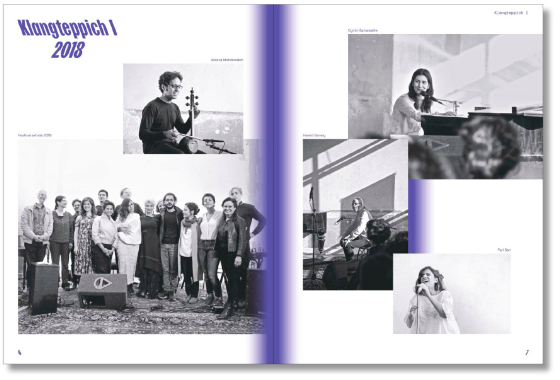
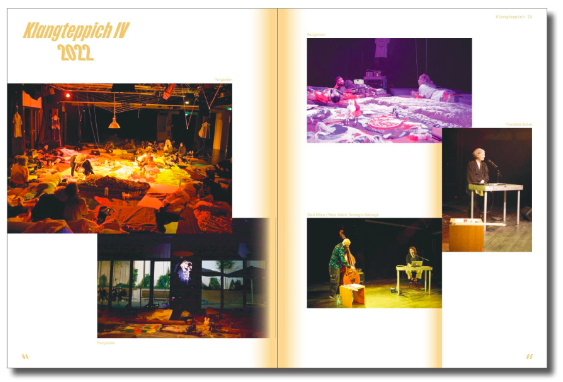
Franziska Buhre (ed.)
Klangteppich V Magazin
Festival für Musik der iranischen Diaspora
Editorial Support: Hannes Liechti
Design: MüllerValentini – Agentur für Markendesign
Copy Editing: Angus Finlayson, Tash Siddiqui, Meredith Slifkin, Tucker Wiedenkeller
Since 2021, Norient has been publishing an Online Special together with Klangteppich, the Berlin-based festival for music from the Iranian diaspora. In the meantime, this publication has developed into an archive of lively perspectives on contemporary music-making in Iran and the Iranian diaspora.
The texts have been created as an invitation to festival artists and other authors to deepen their own narratives and meaningful historiographies of exchange between Iran and the world.
With this Special, we want to raise awareness of the complex realities in which diasporic artists work. The fifth festival edition is now an opportunity to collect a selection of previous and new texts in a printed magazine.
Table of Contents:
Franziska Buhre und Hannes Liechti: «Prolog»
Impressionen Klangteppich I 2018 (Photo Series)
Shayan Navab: «And Somewhere I’ve Heard the Screams Before» (Short Essay)
Sophie Grobler: «Our Homeland» (Short Essay)
Amin Hashemi: «On the History of Iranian Popular Music» (Short Essay)
Impressionen Klangteppich II 2019 (Fotoserie)
Shaahin Peymani: «One Way Passage to Tehran» (Short Essay)
Franziska Buhre, Hadi Bastani: «Listening Is at the Heart of What I Do» (Interview)
Erum Naqvi: «Diaspora Comes Home» (Round Up)
Arshia Samsaminia: «Making Persian Music More Accessible to Outsiders» (Music Theory)
Impressionen Klangteppich III 2021 (Photo Series)
Franziska Buhre: «Bass Drums, Cowbells, Tambourines» (Essay)
Ali Kamrani: «Lass mich mit Hass nicht allein» (Gedicht)
Tanasgol Sabbagh: «Dard I Door» (Poetic Text)
Pardis Zarghampour: «Wann gehen wir zurück?» (Essay)
Impressionen Klangteppich IV 2022 (Fotoserie)
Nikan Khosravi: «Being on the Right Side of History» (Essay)
Shabnam Parvaresh: «Blinde Passagiere» (Essay)
Matthias Küntzel: «Der Rundfunk als Waffe. Die Persisch-sprachige Nazipropaganda und ihre Folgen» (Essay)
With contributions by Hadi Bastani,
Franziska Buhre,
Sophia Grobler,
Amin Hashemi,
Ali Kamrani,
Nikan Khosravi,
Matthias Küntzel,
Erum Naqvi,
Shayan Navab,
Shabnam Parvaresh,
Shaahin Peymani,
Tanasgol Sabbagh,
Arshia Samsaminia
and Pardis Zarghampour
Order here